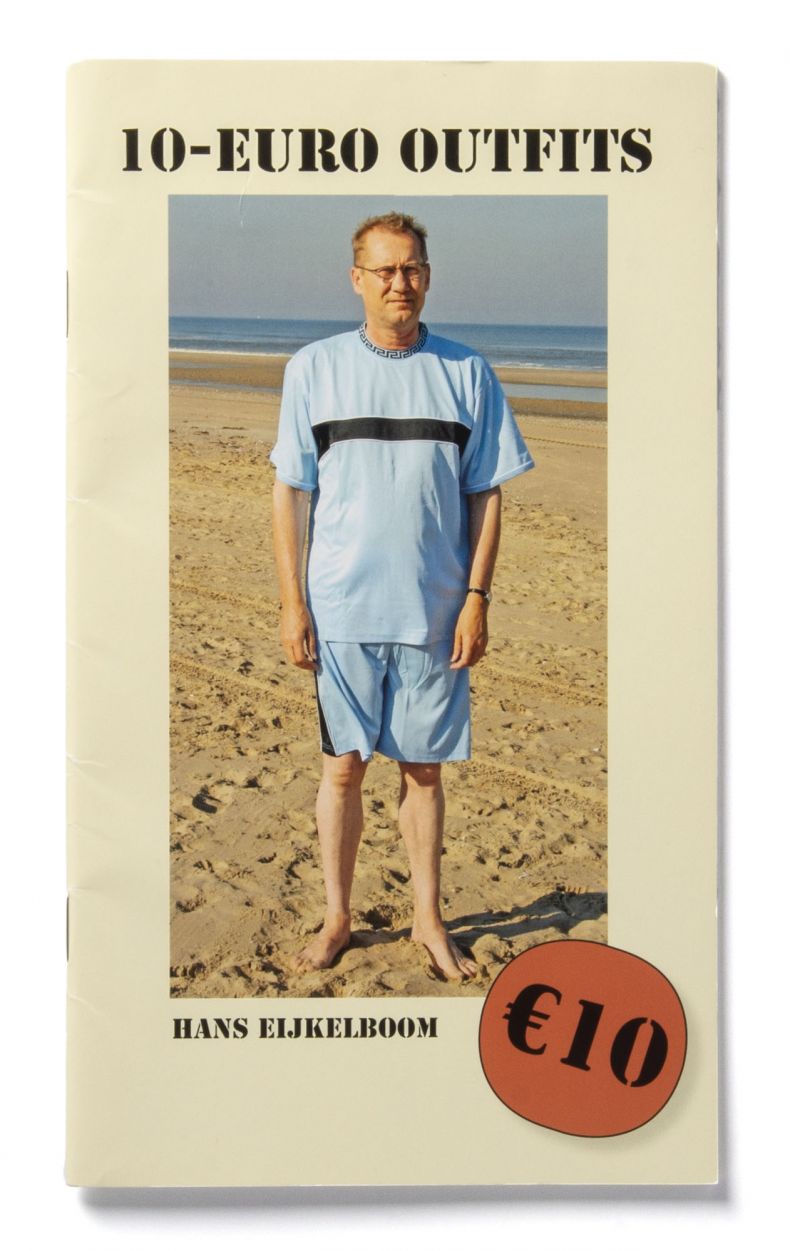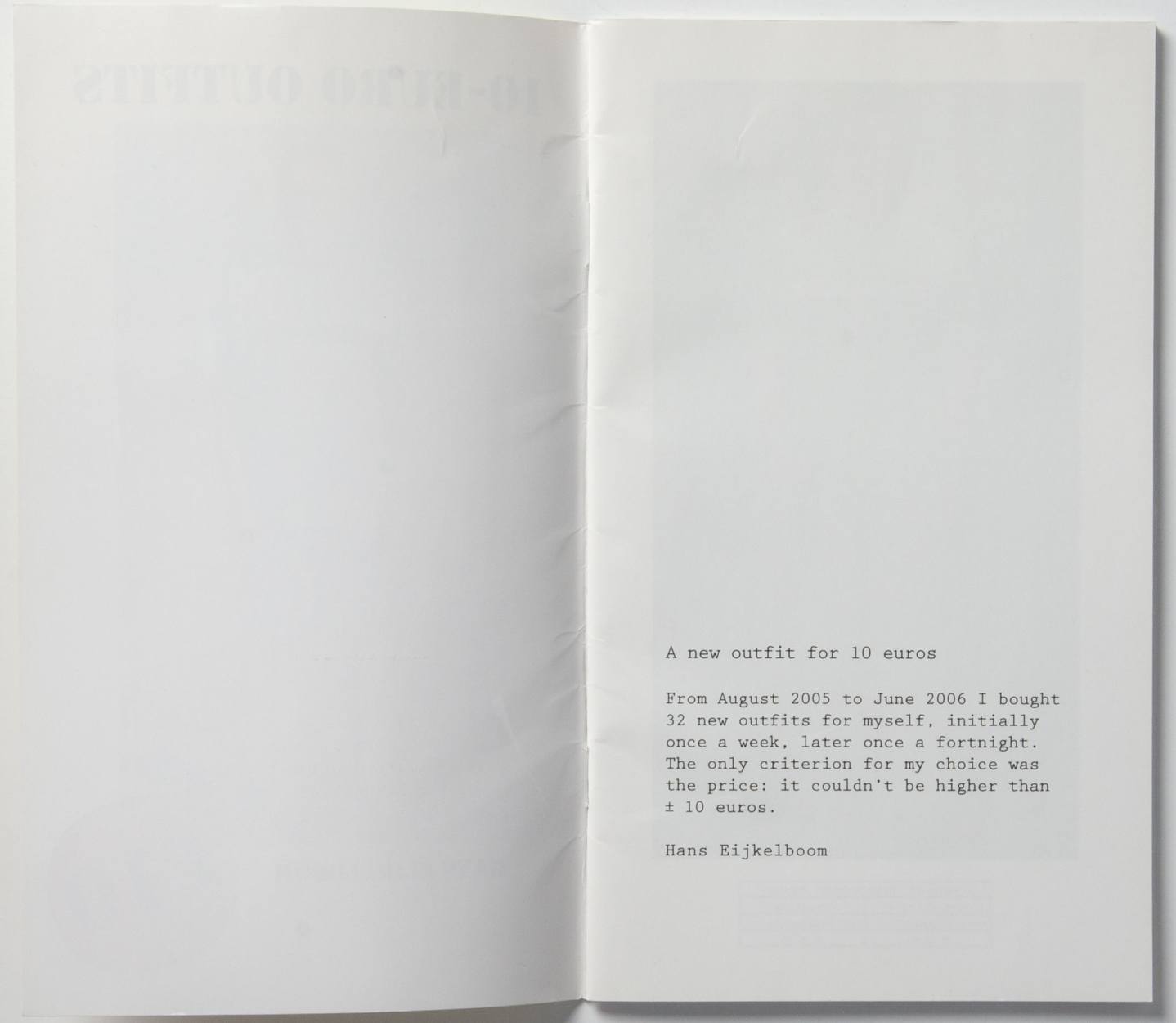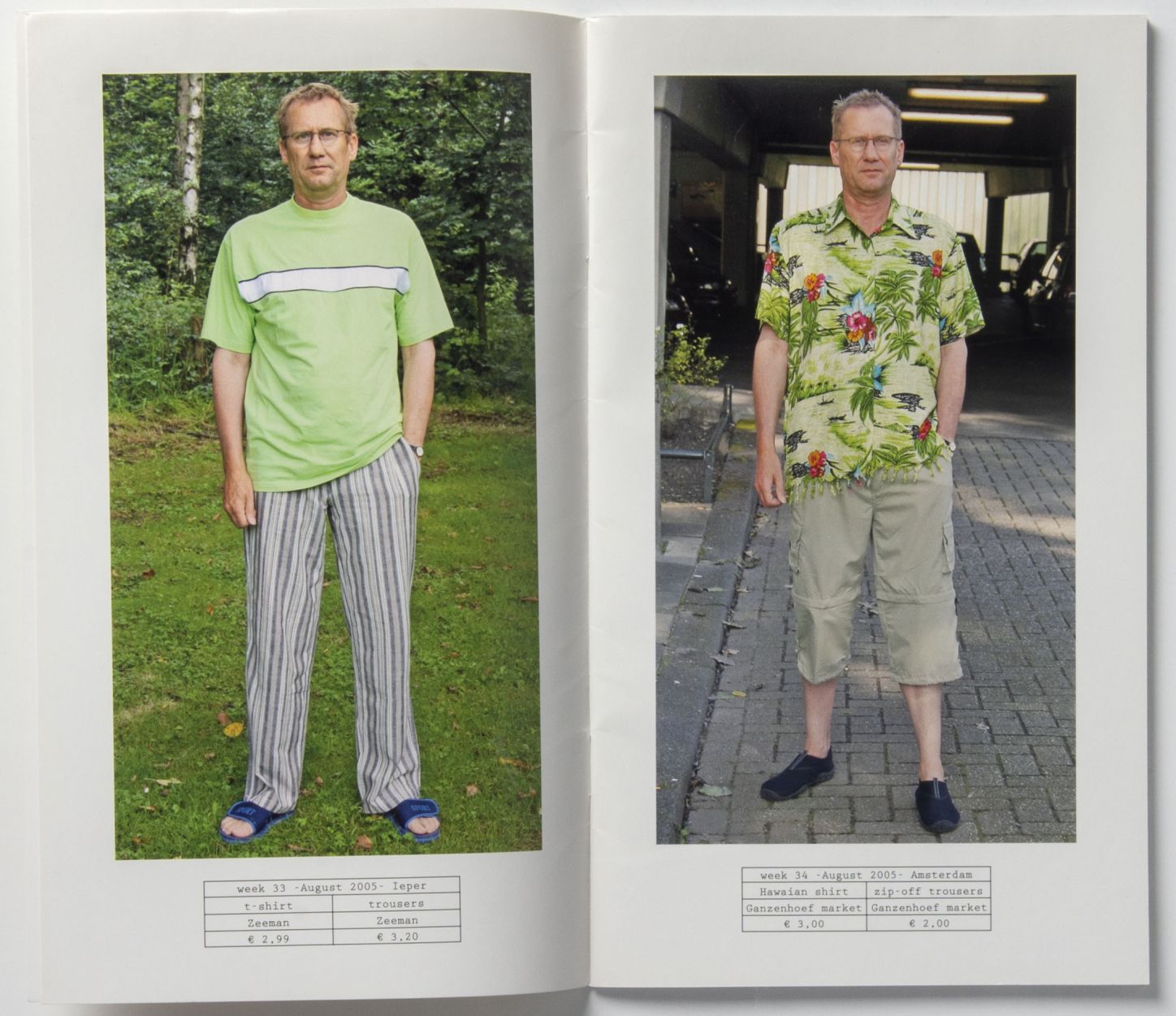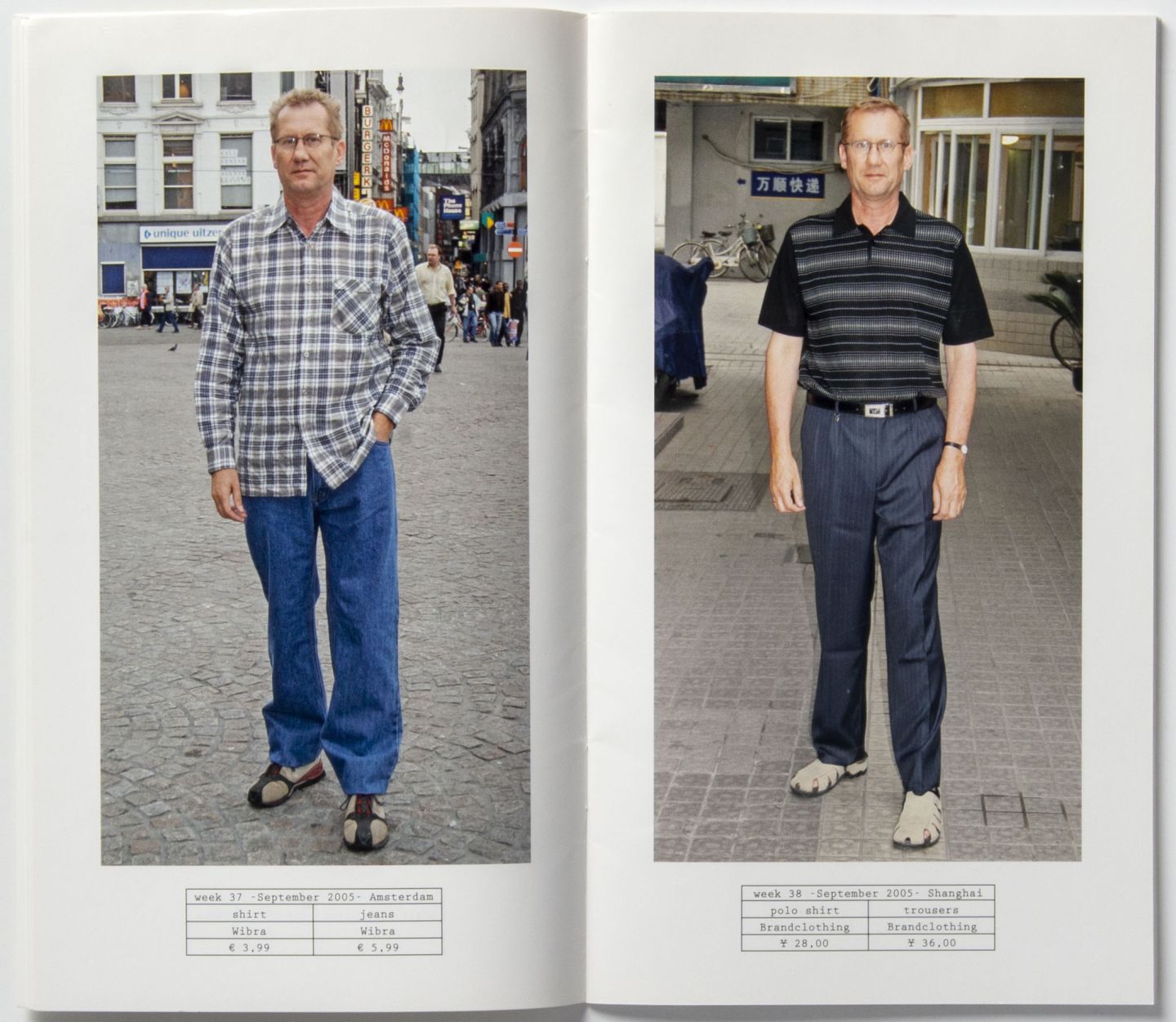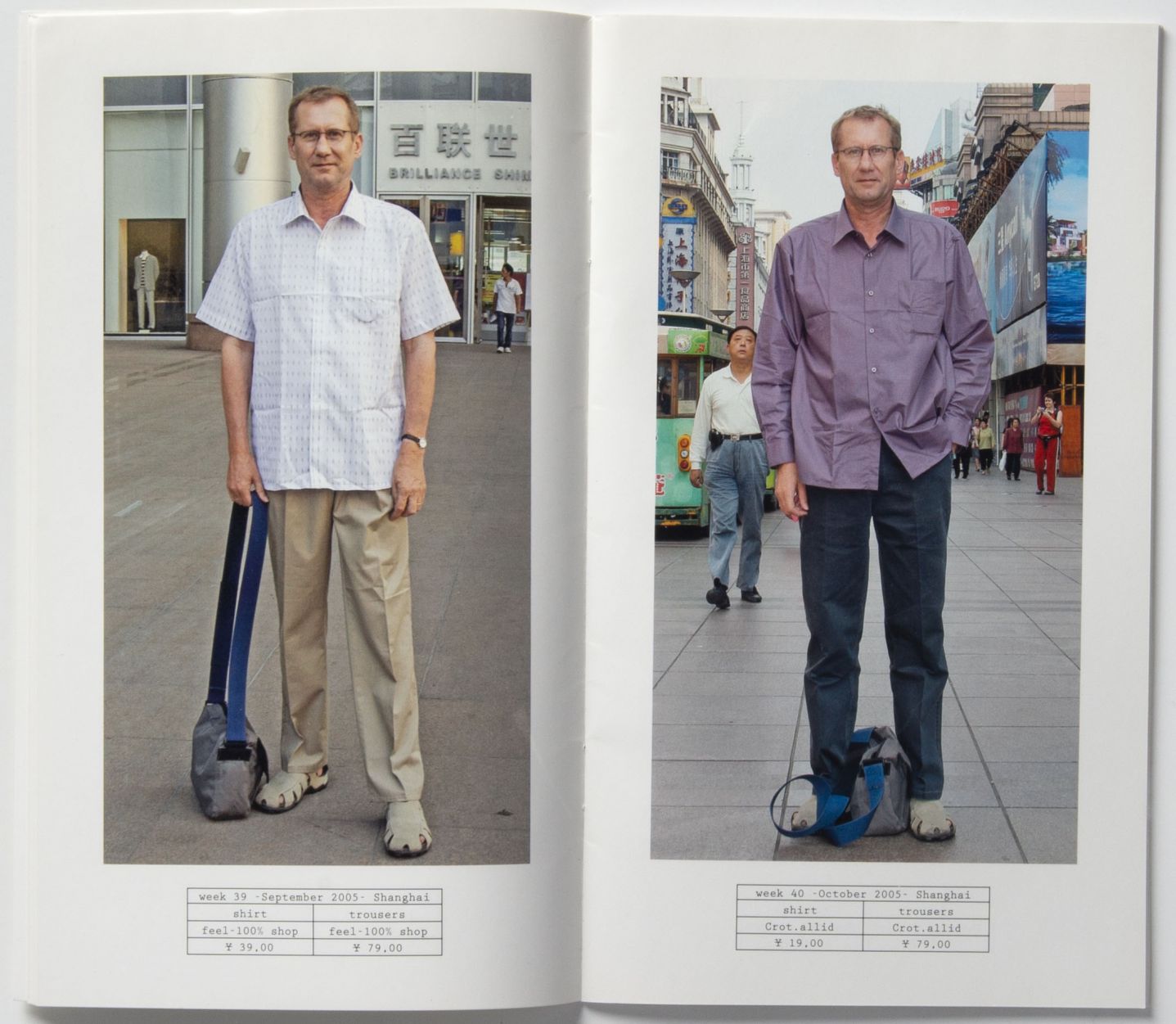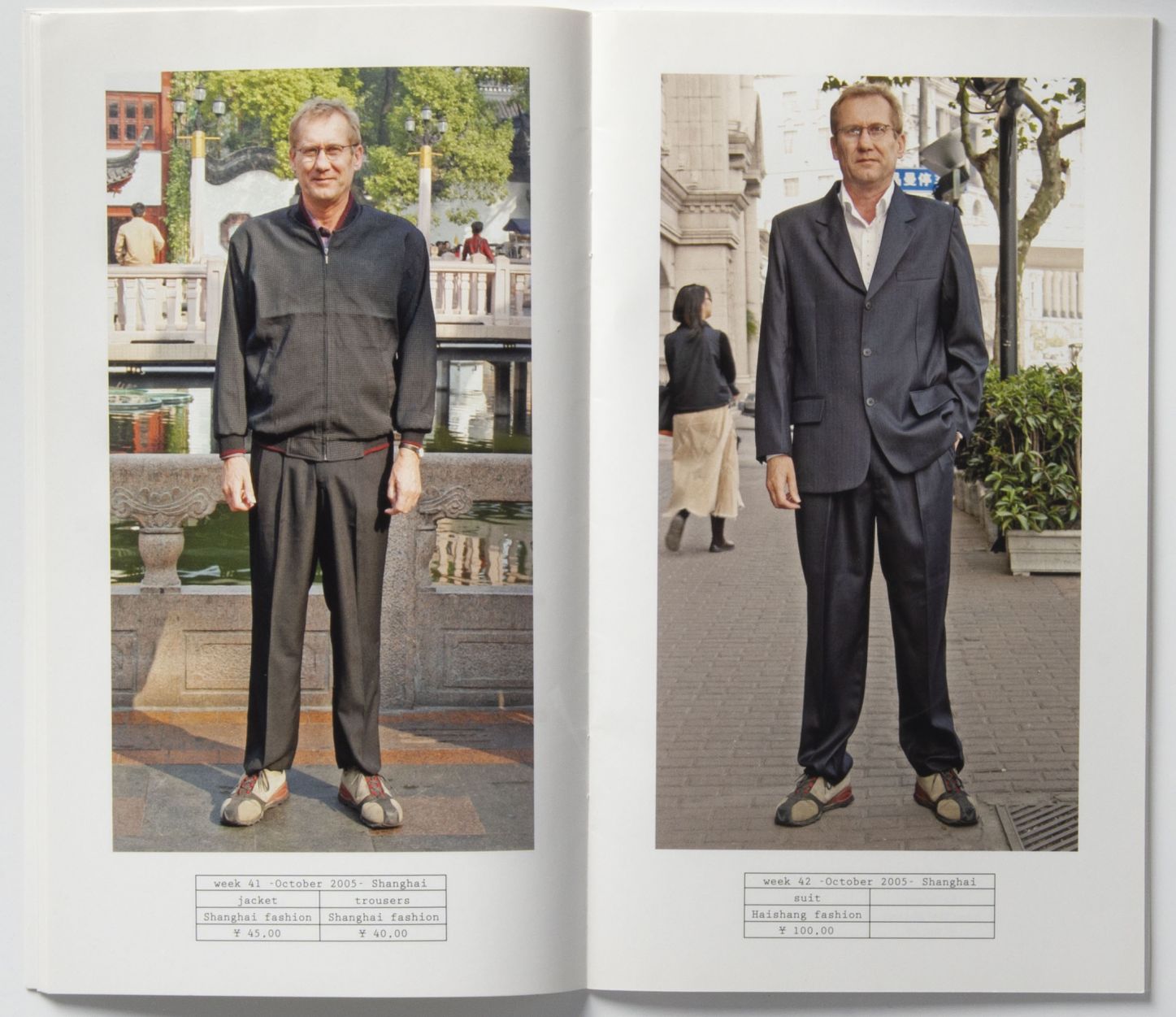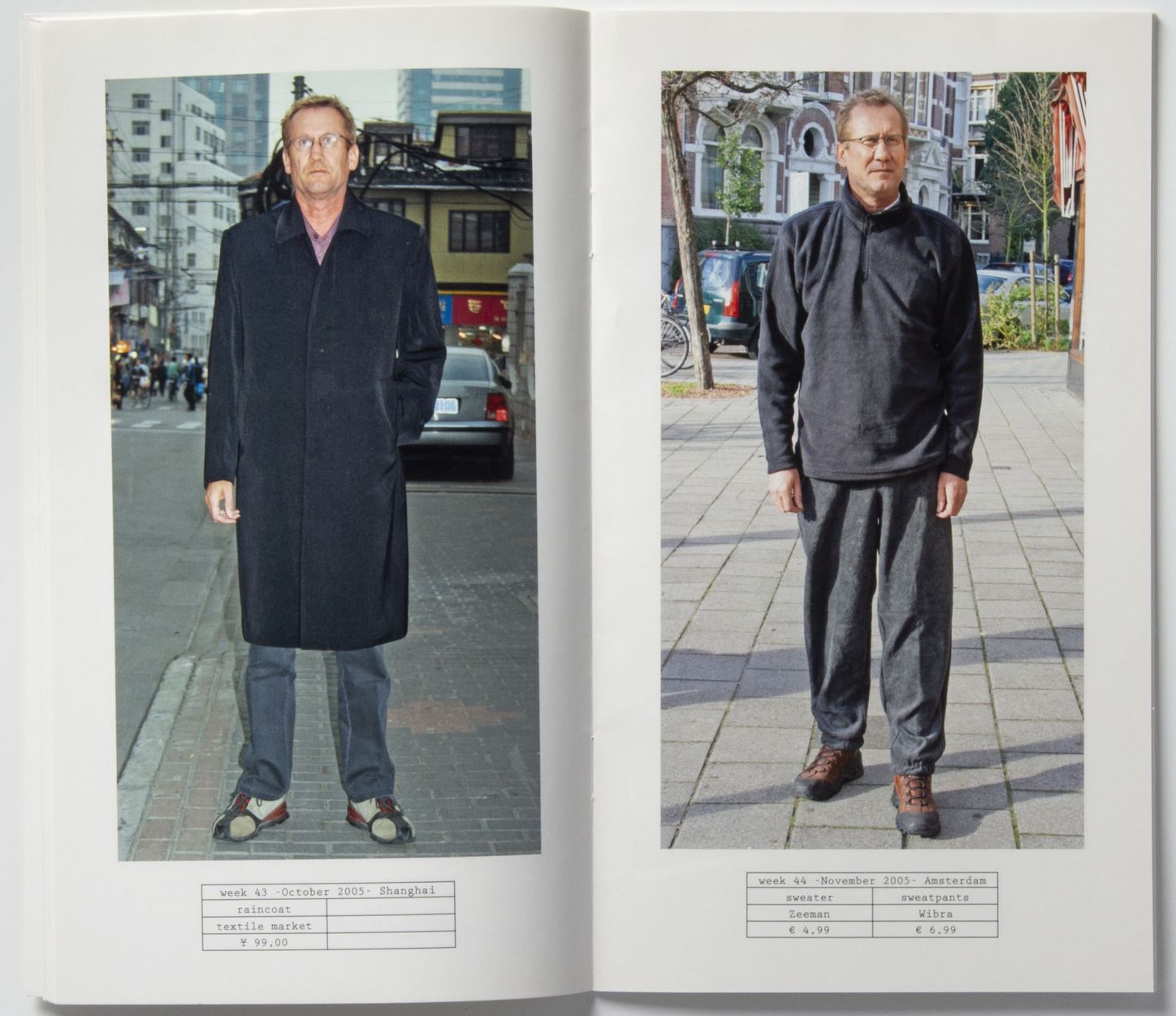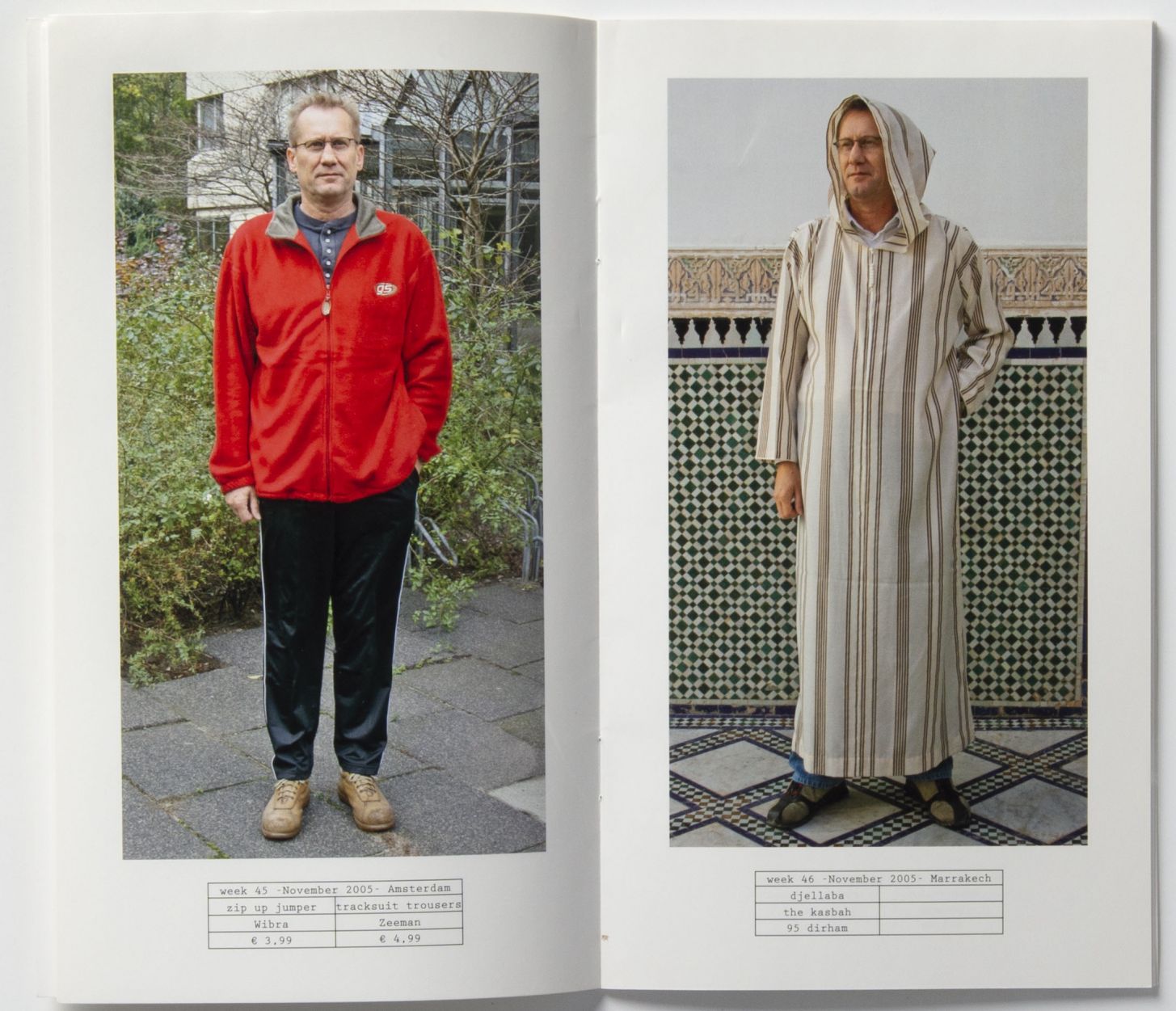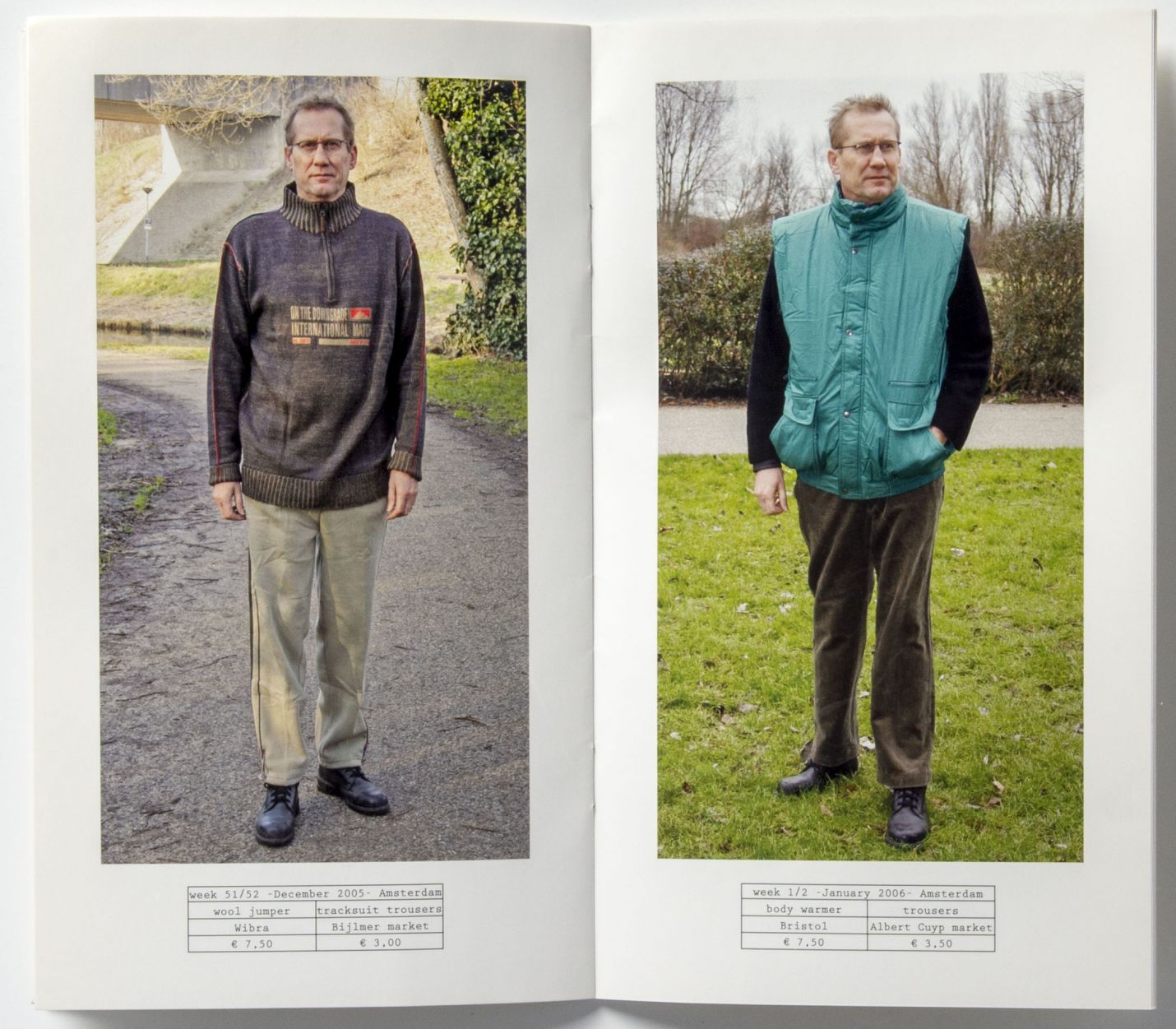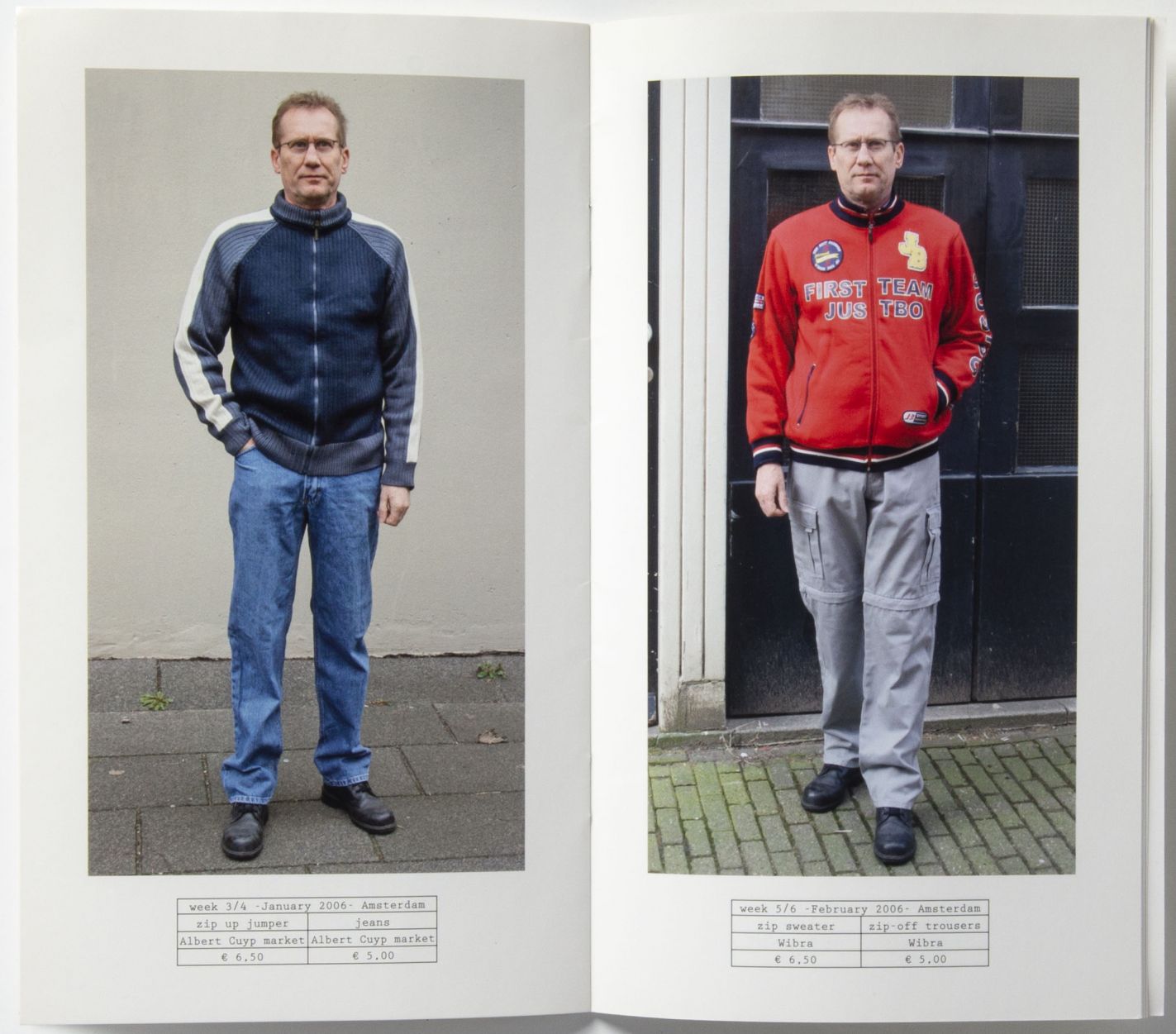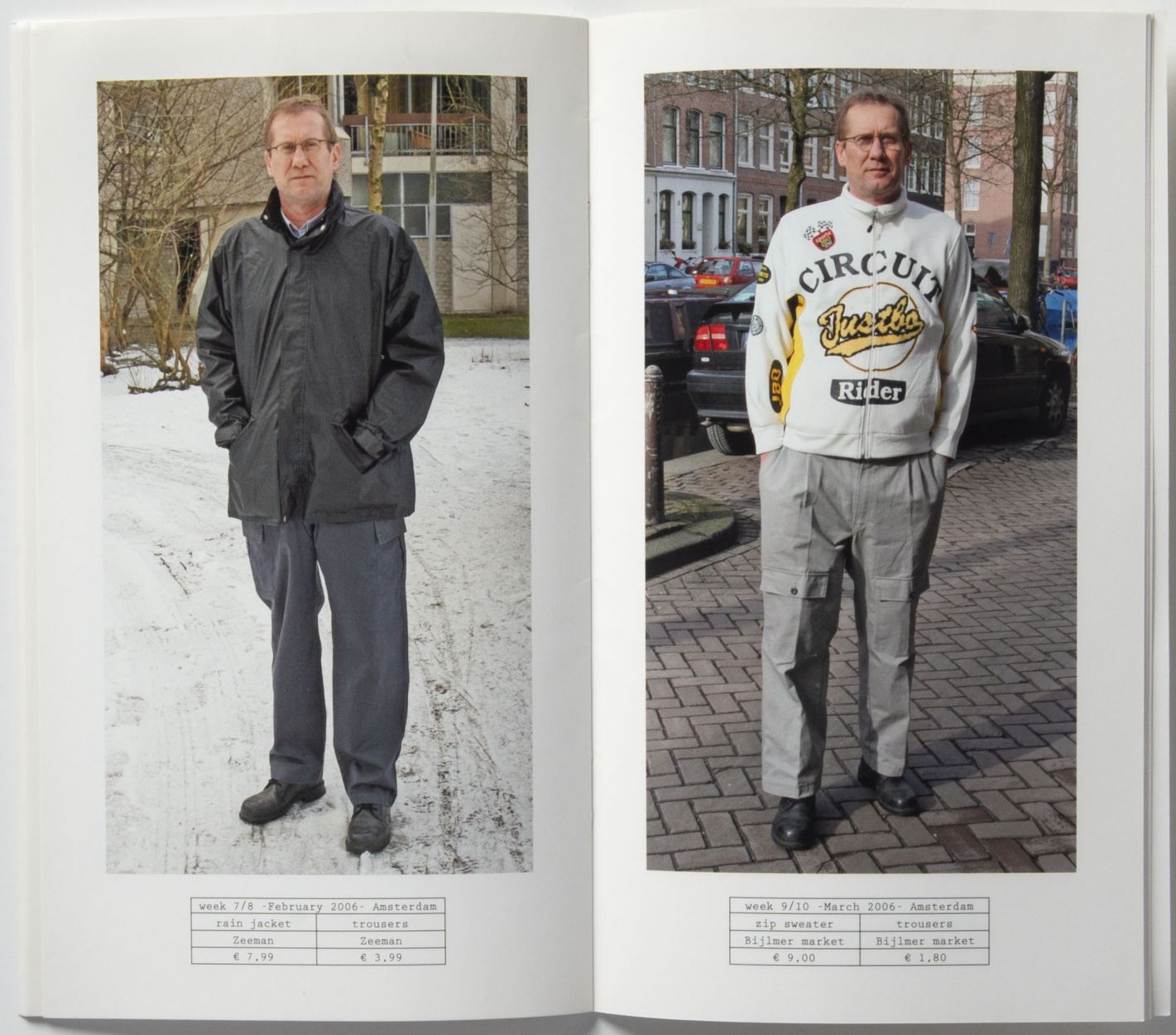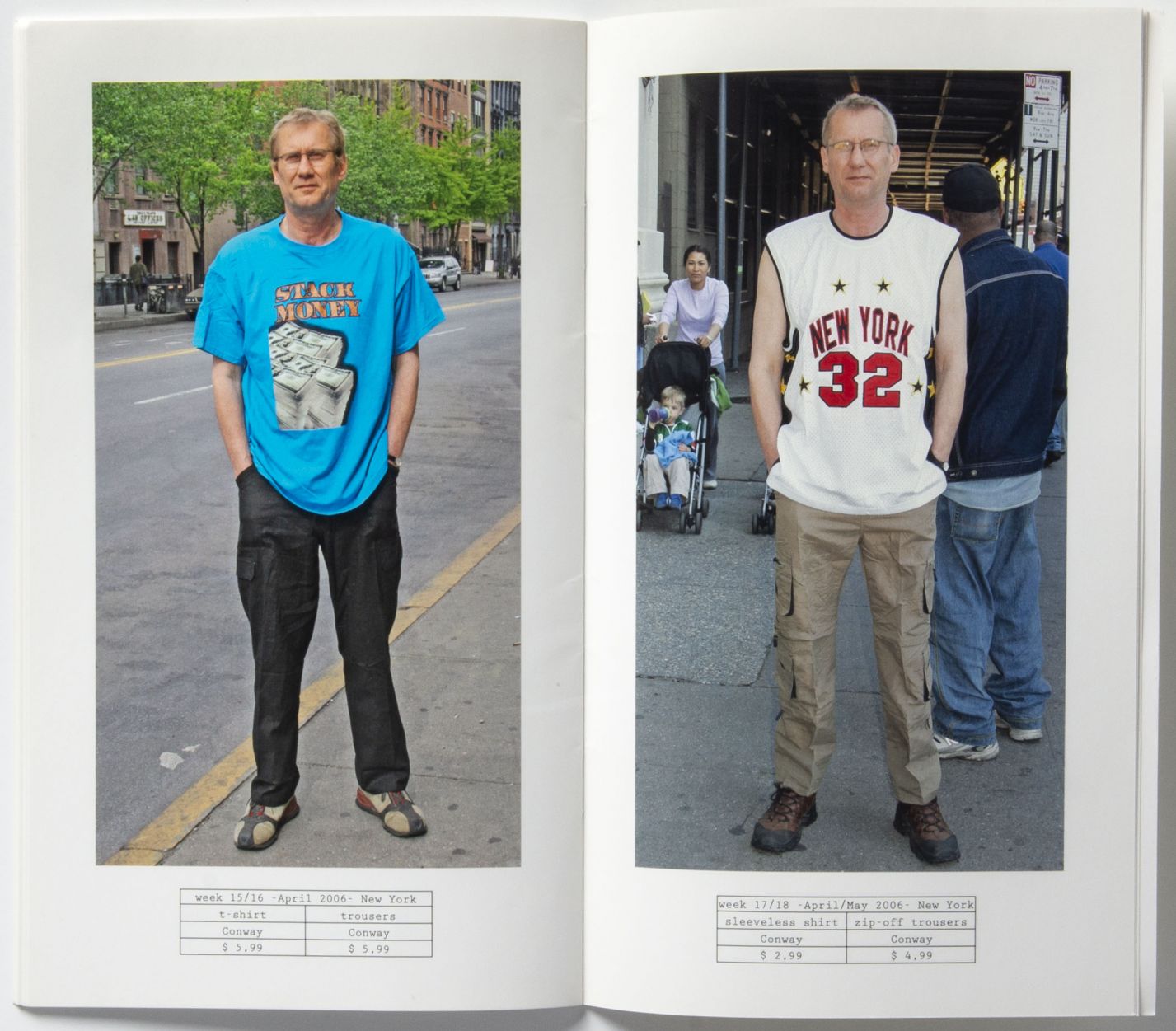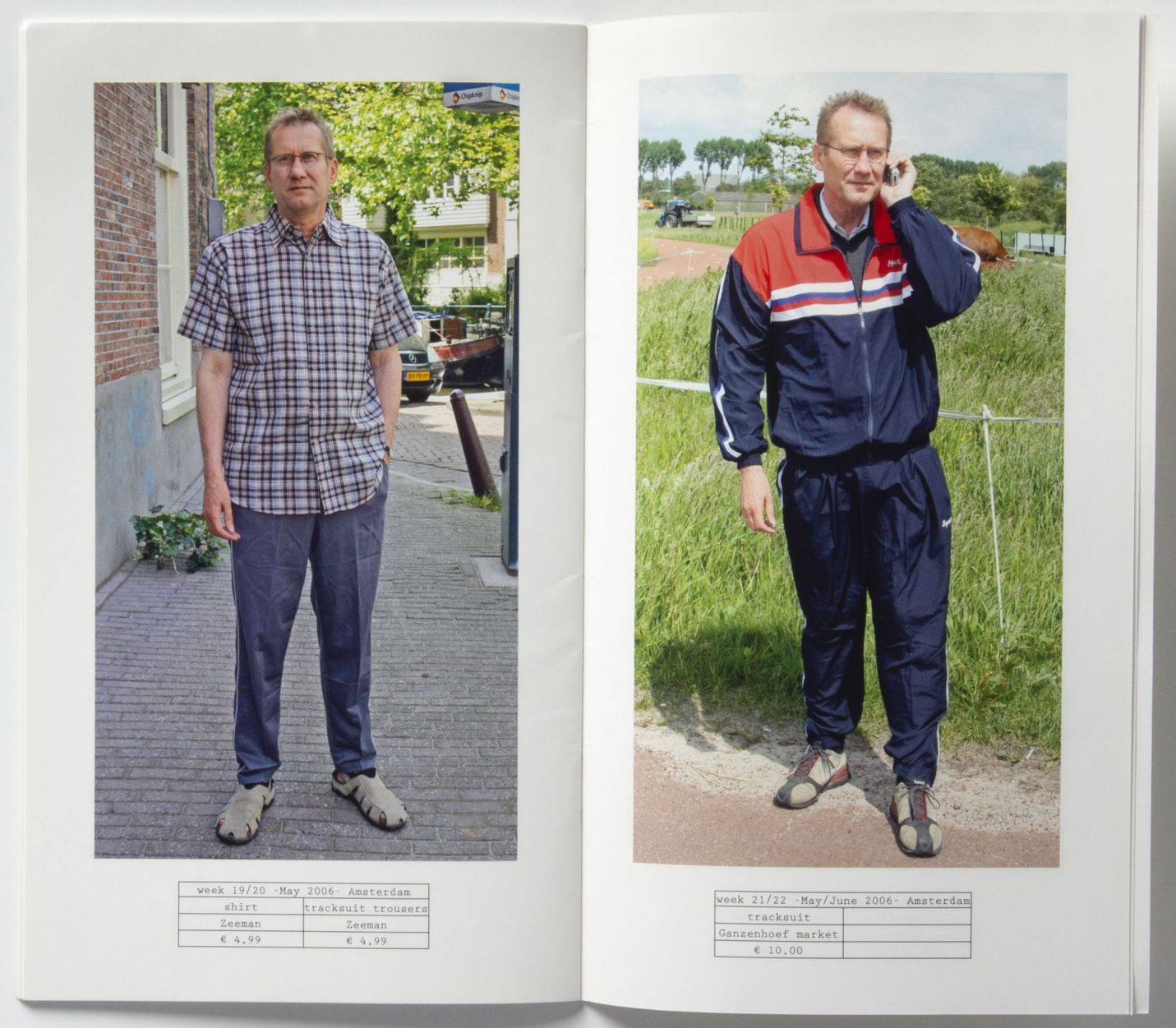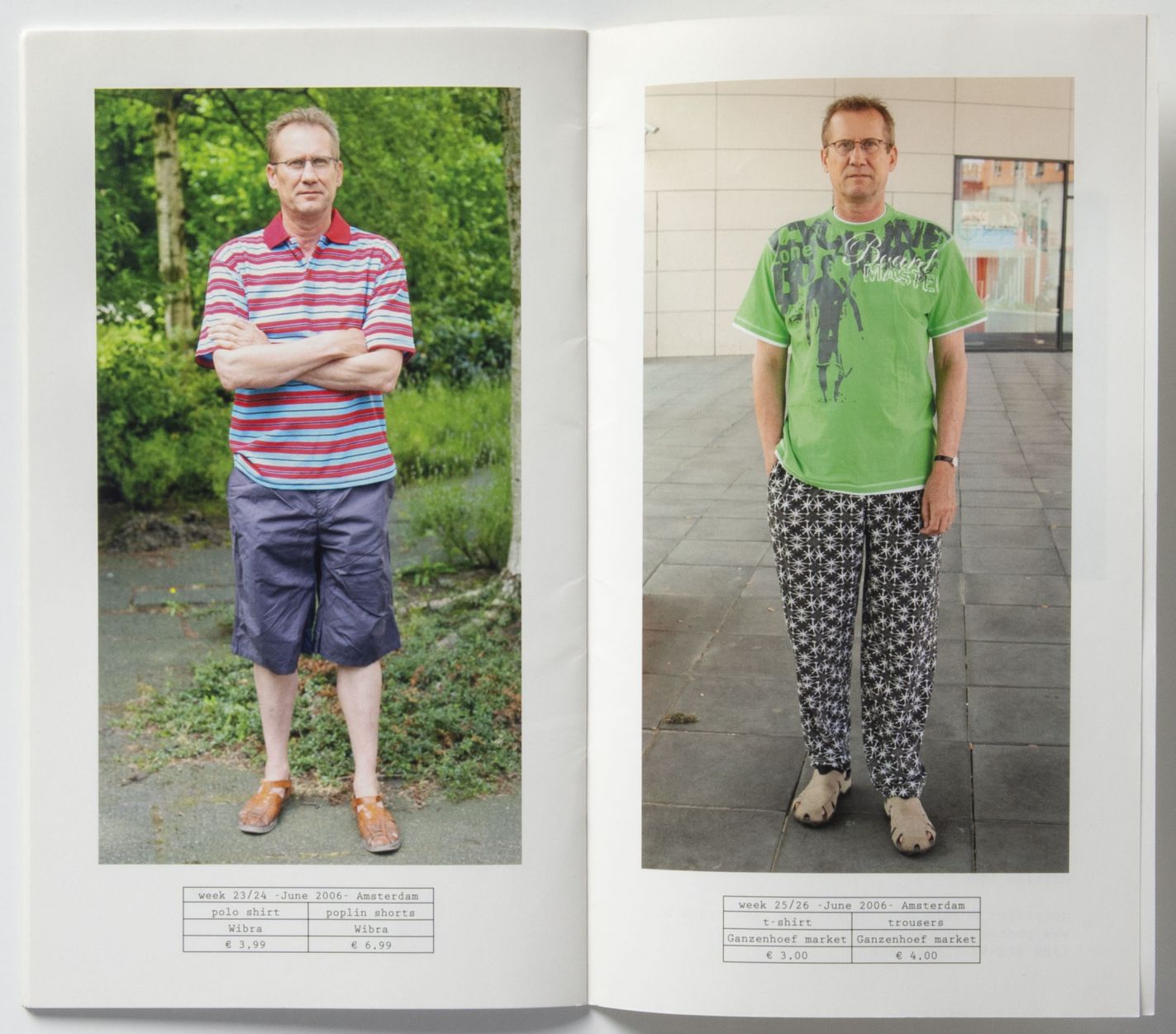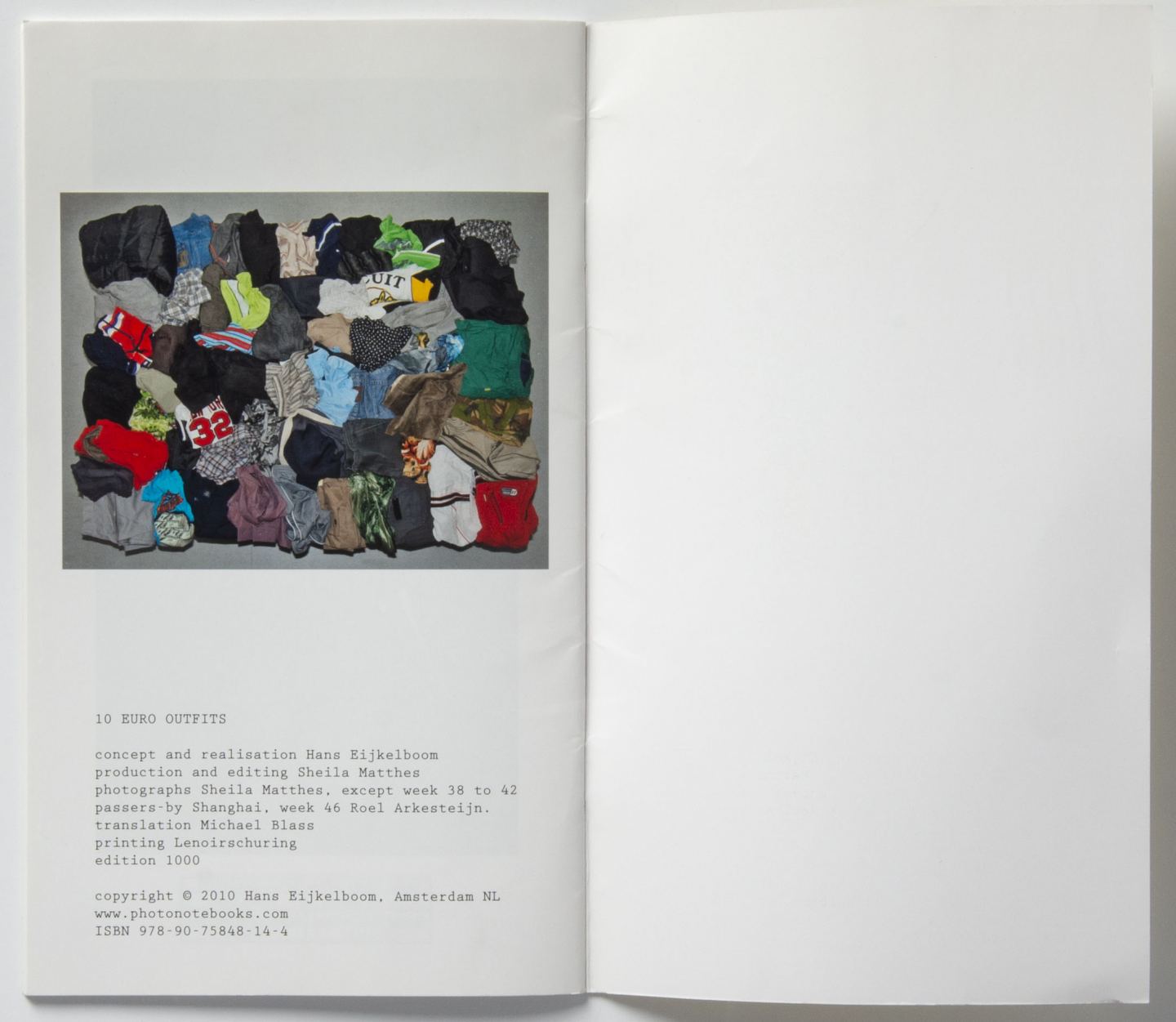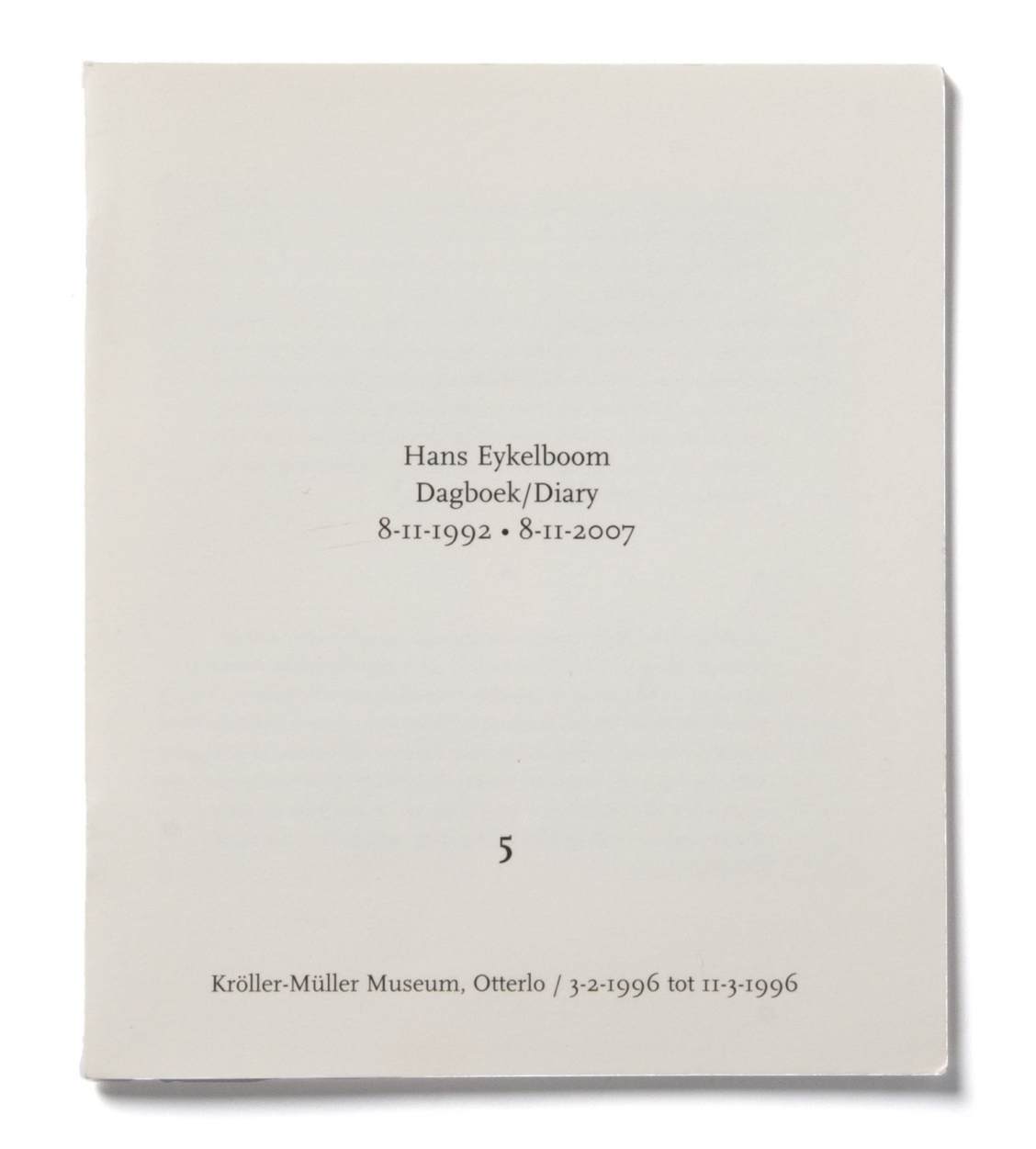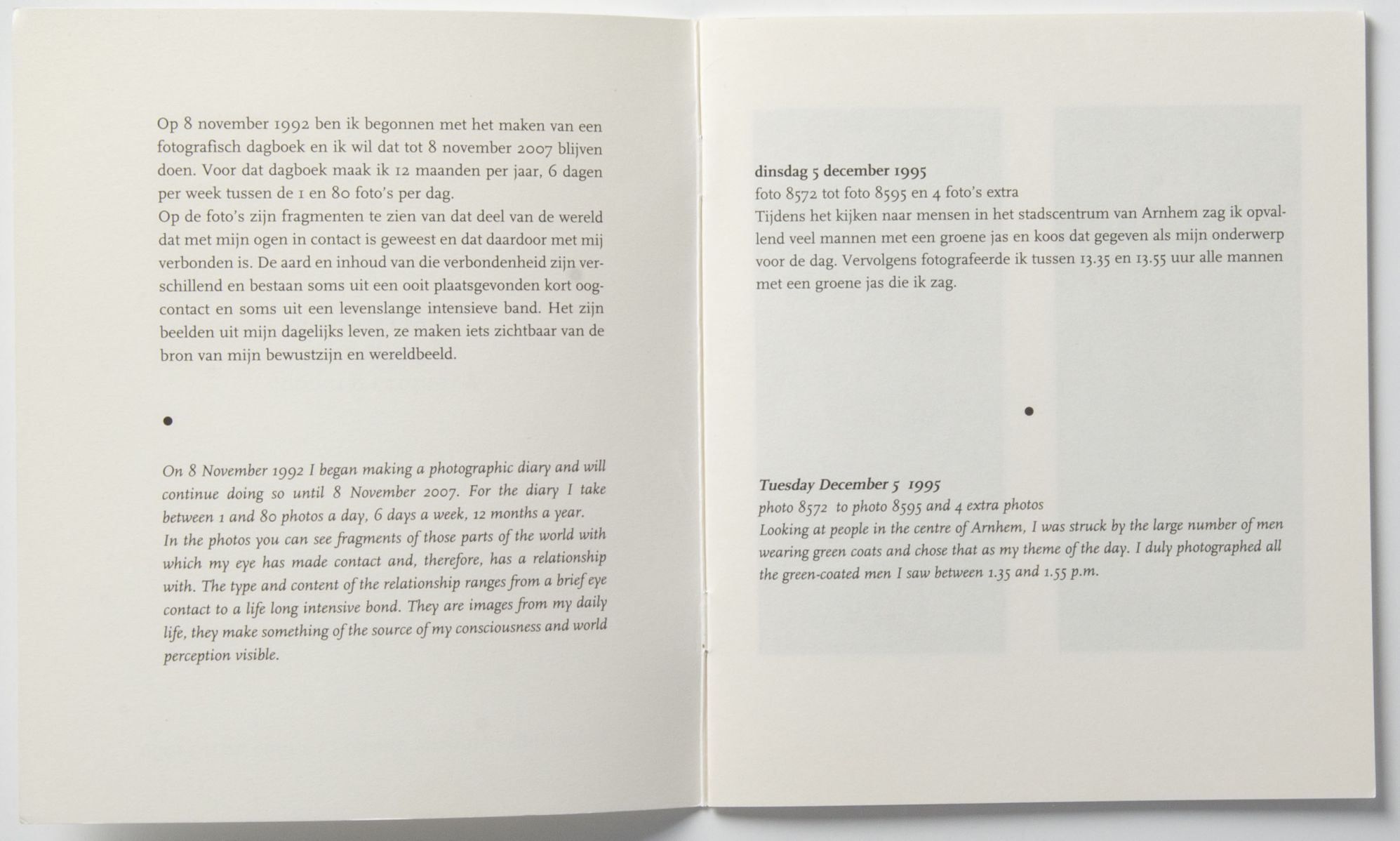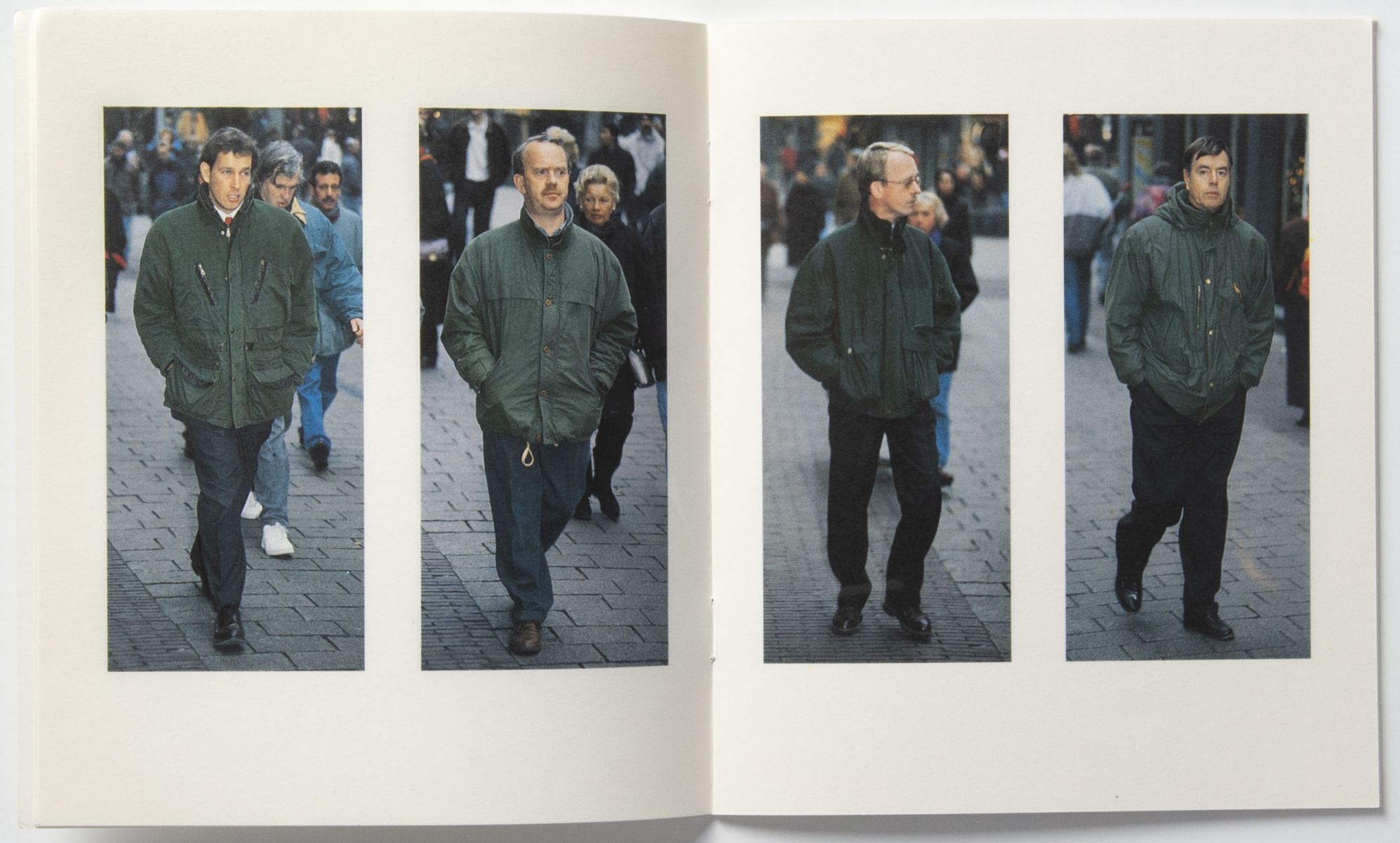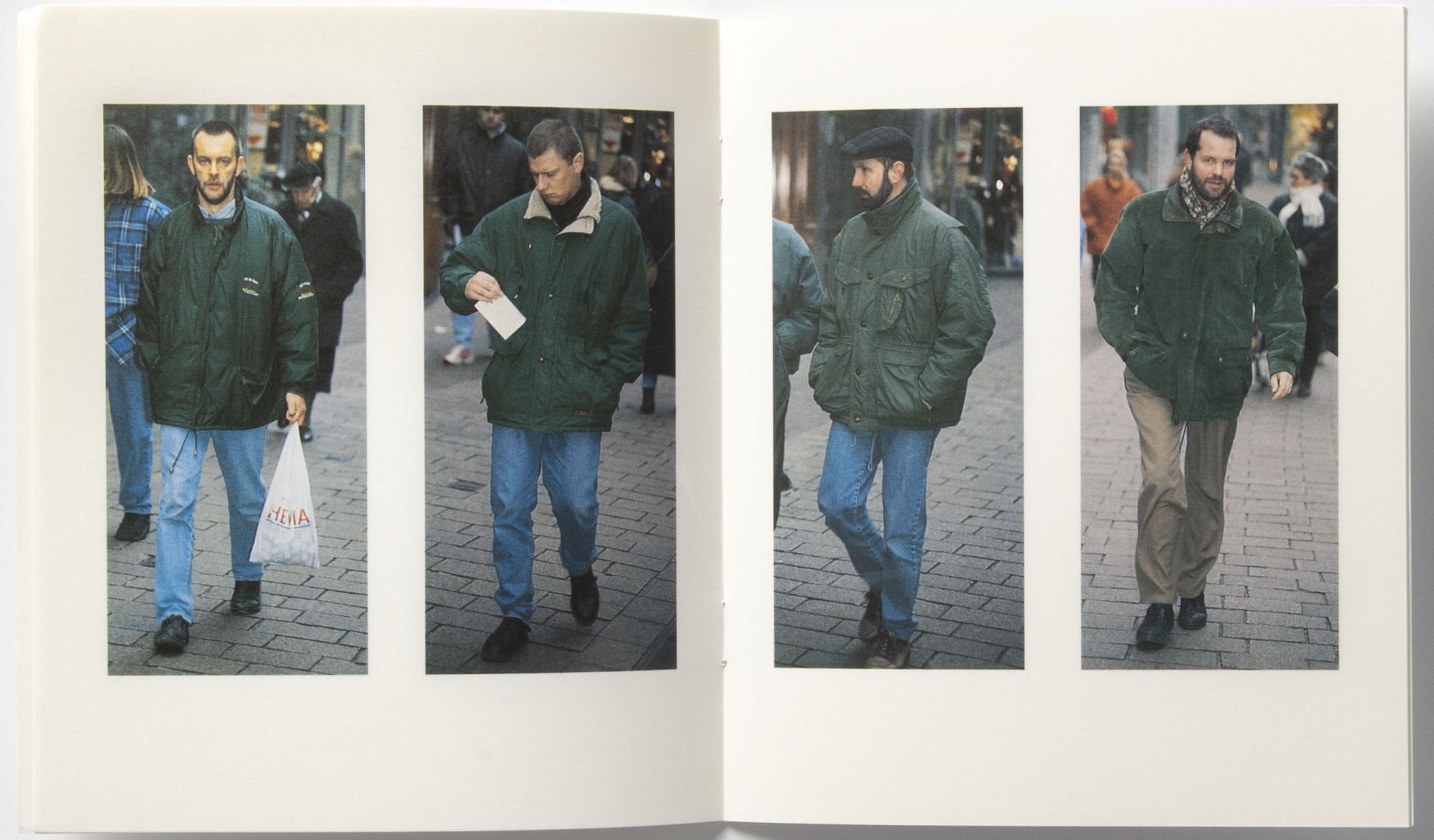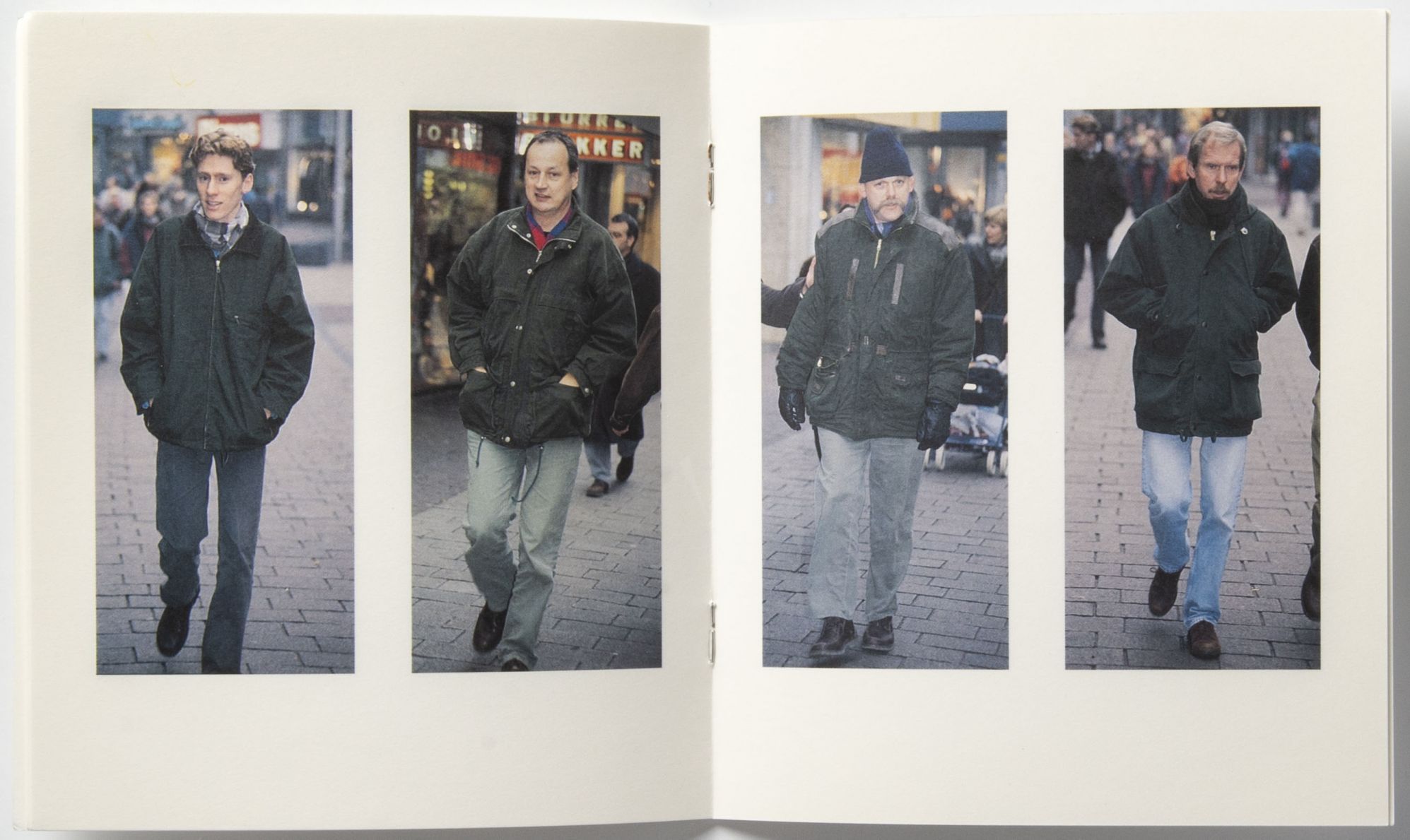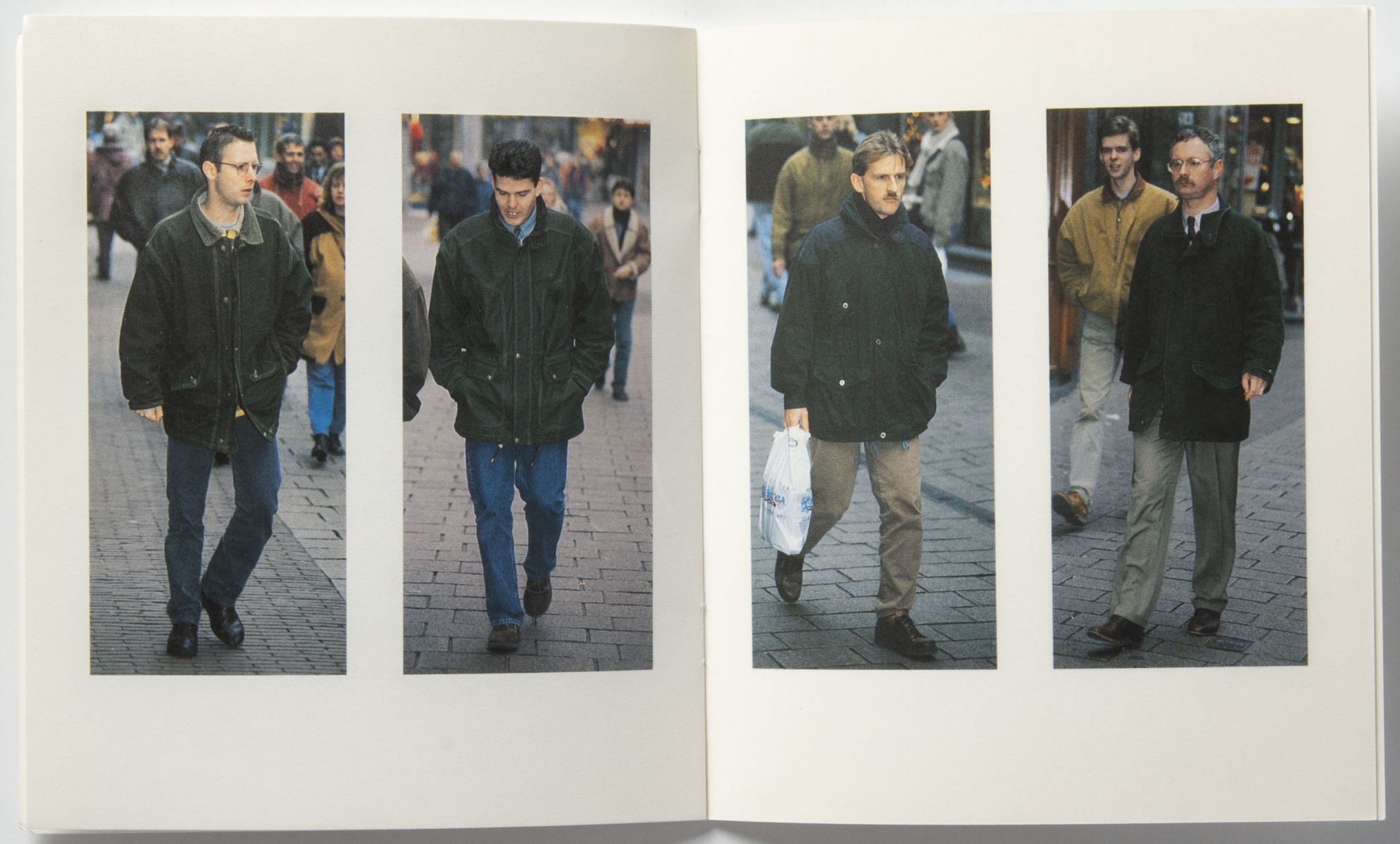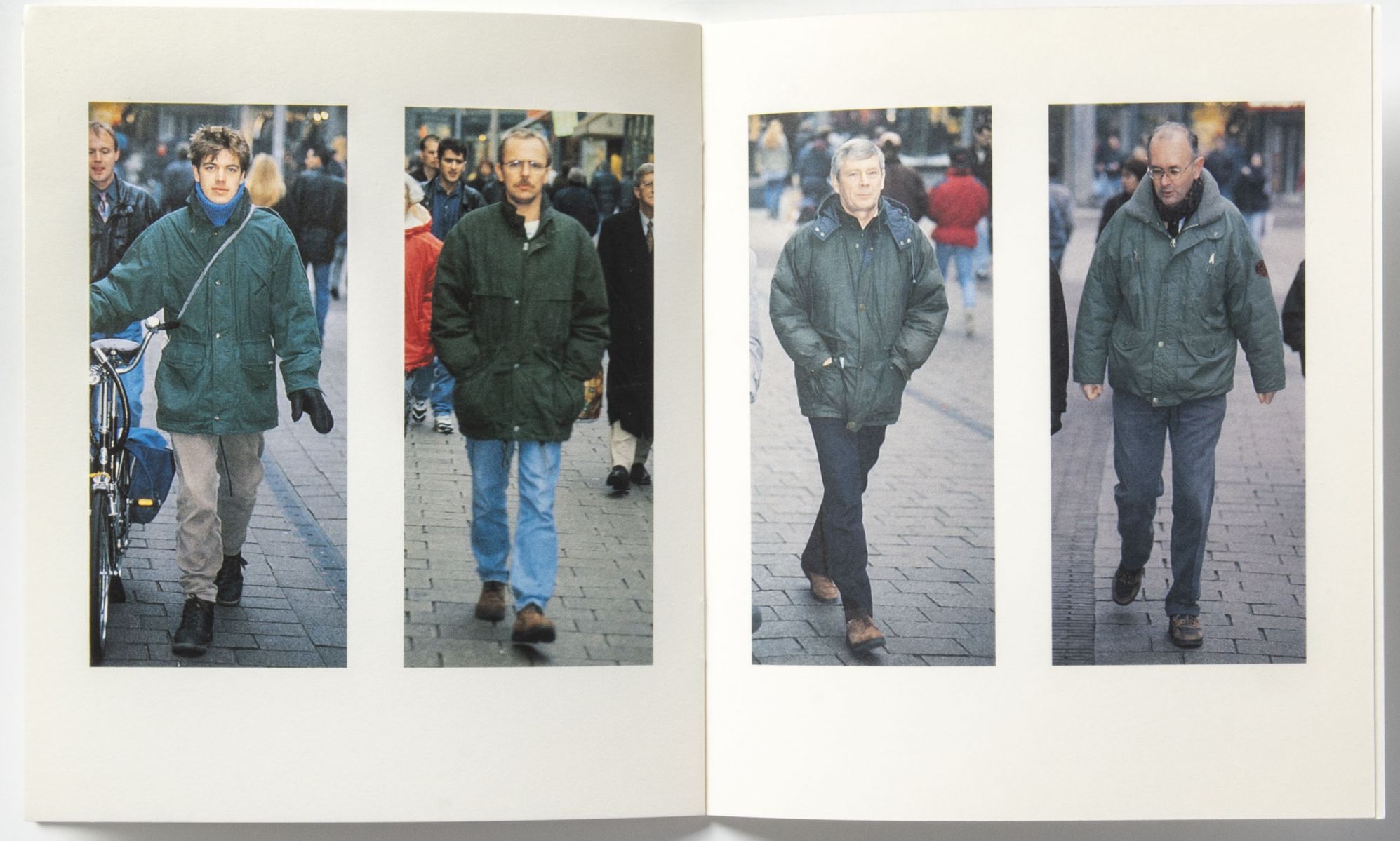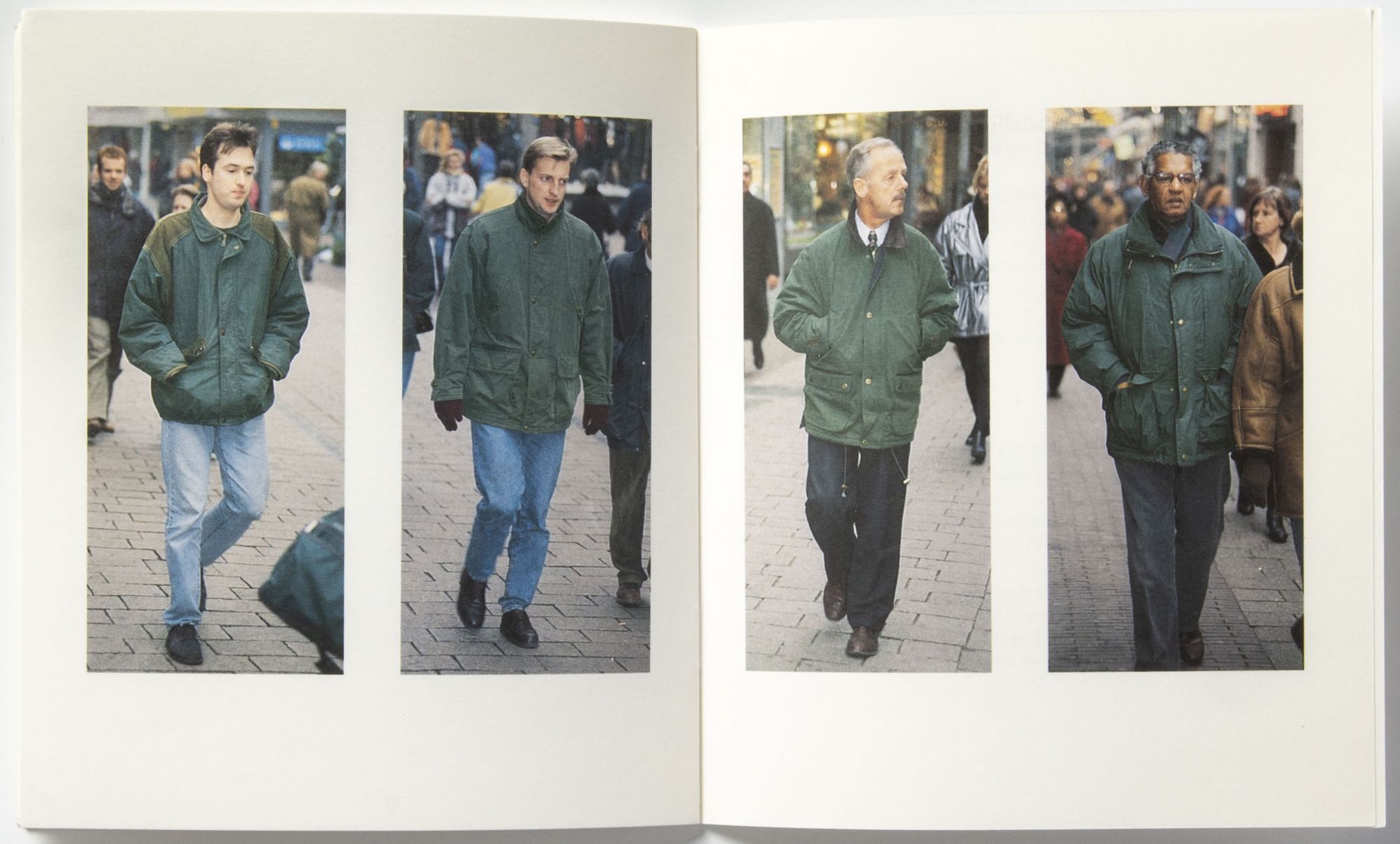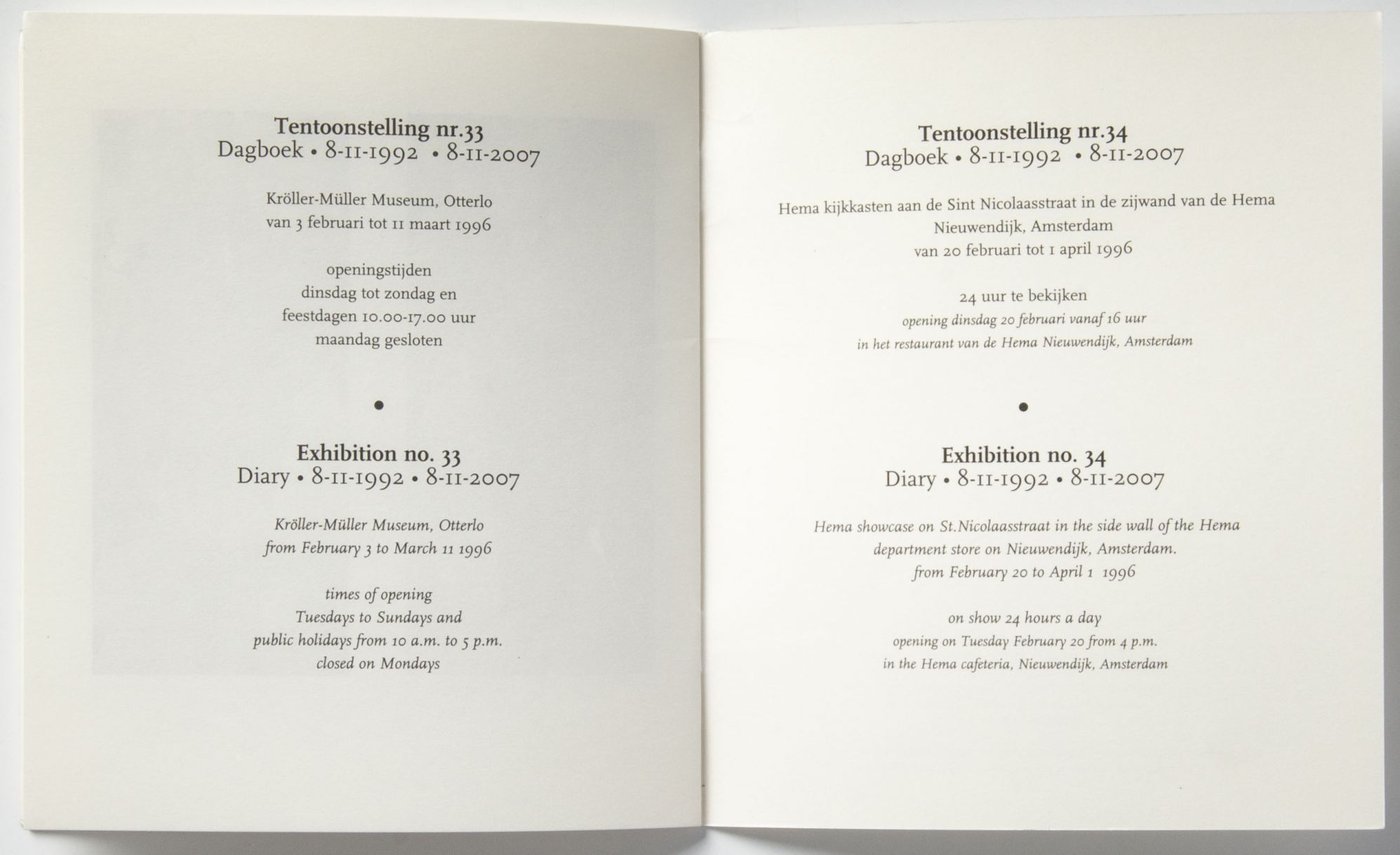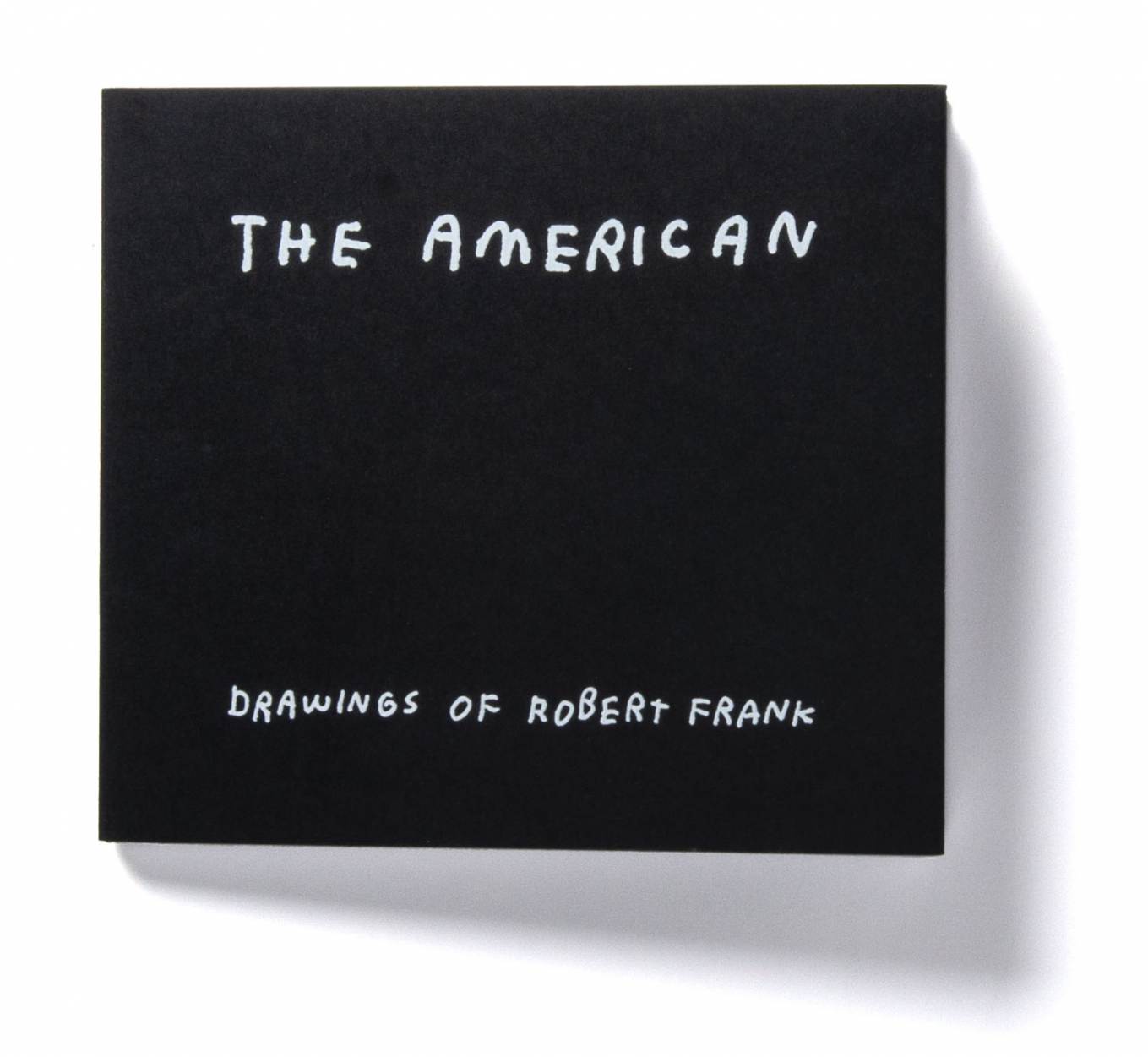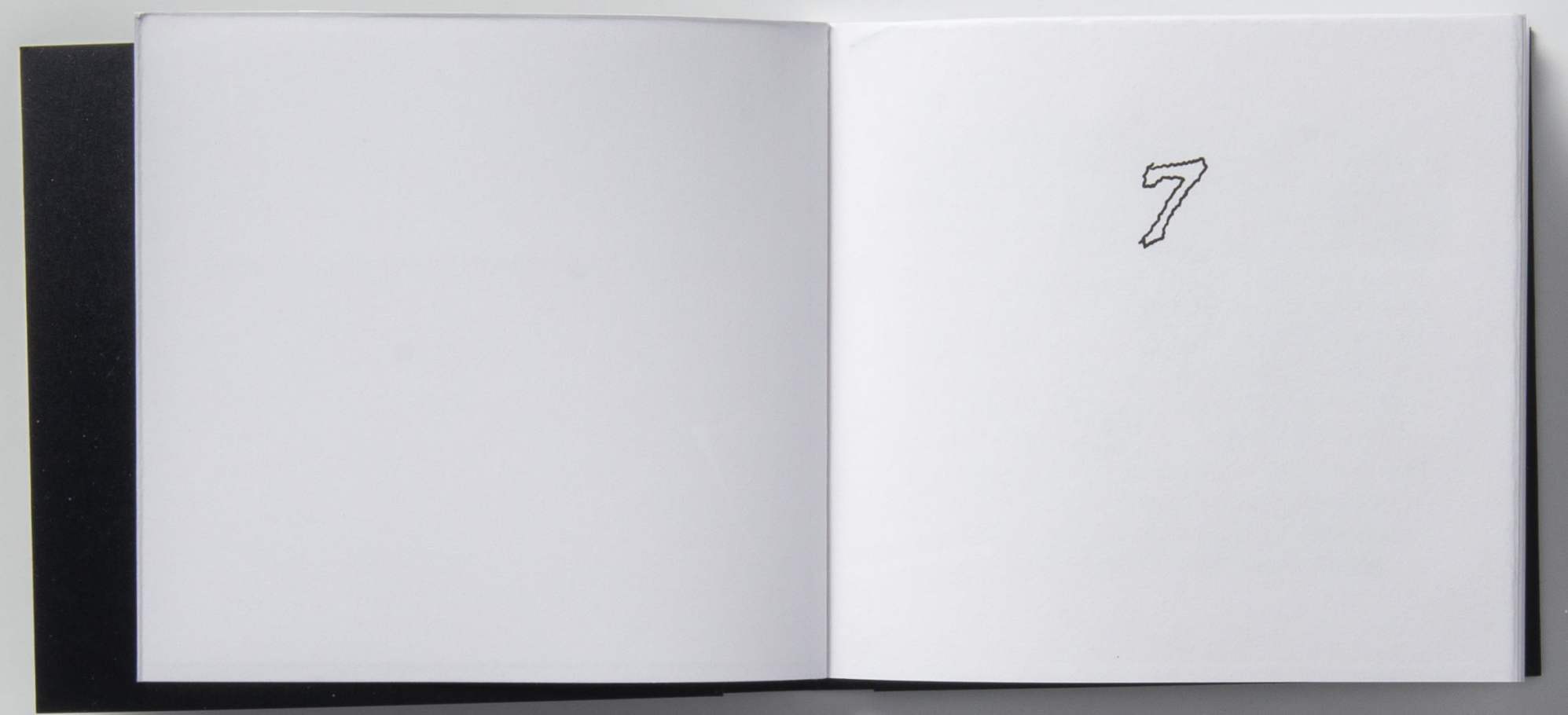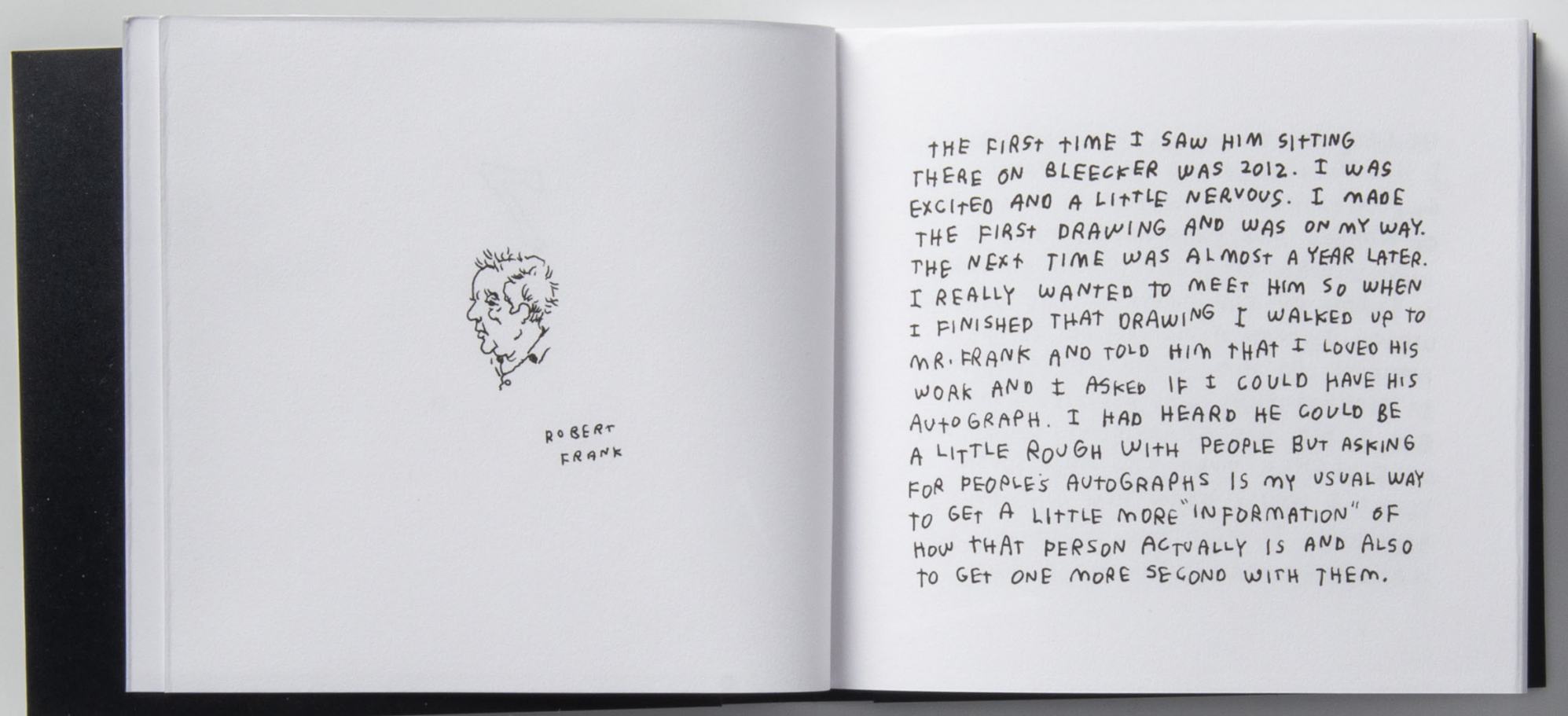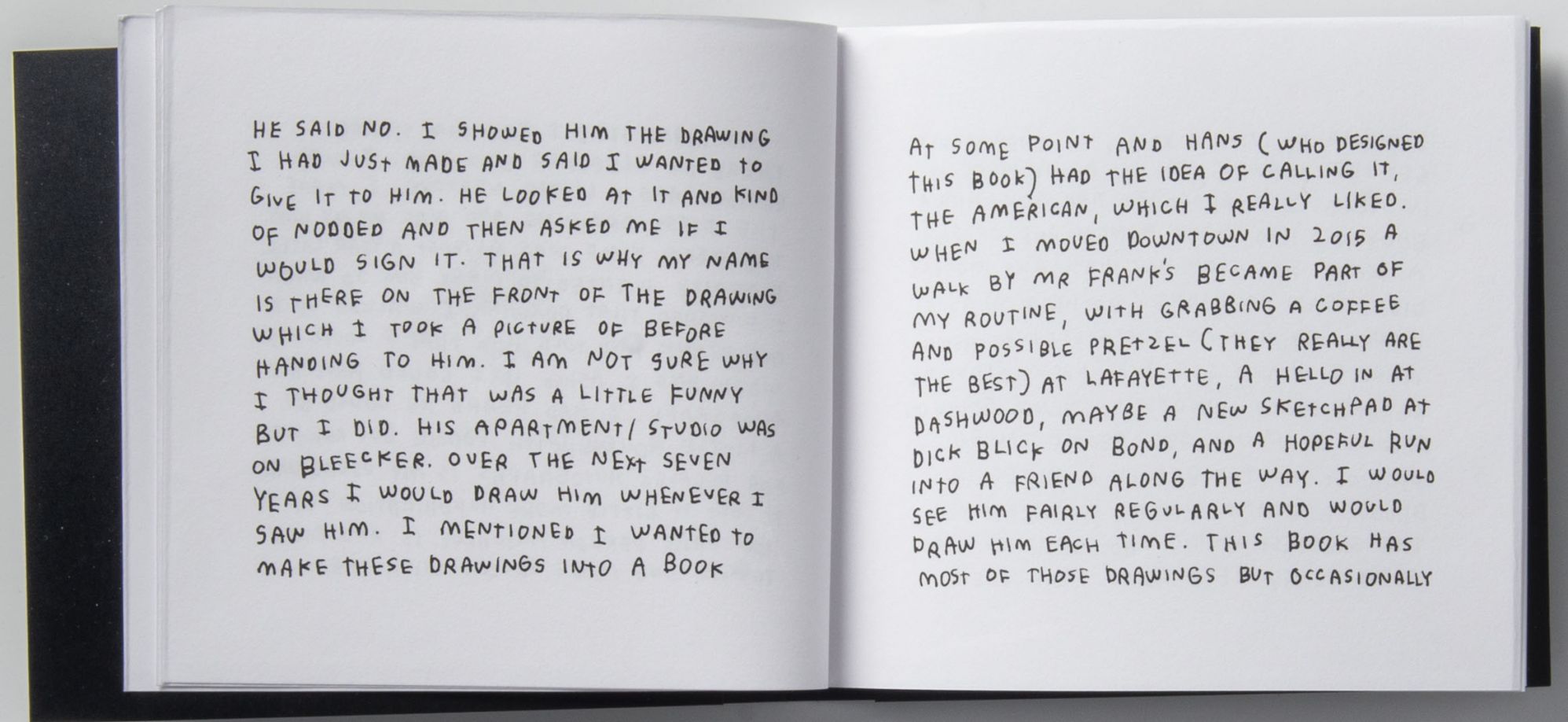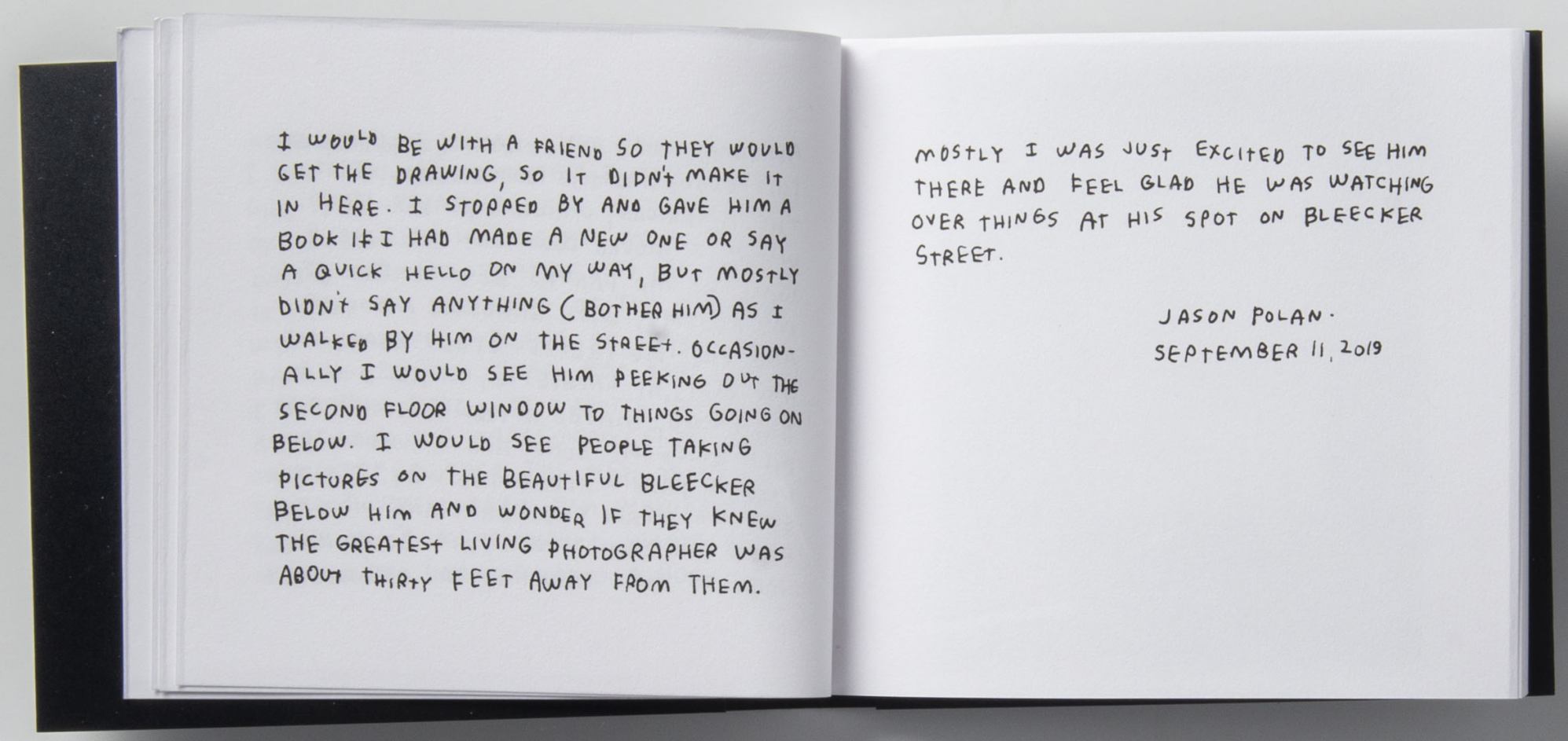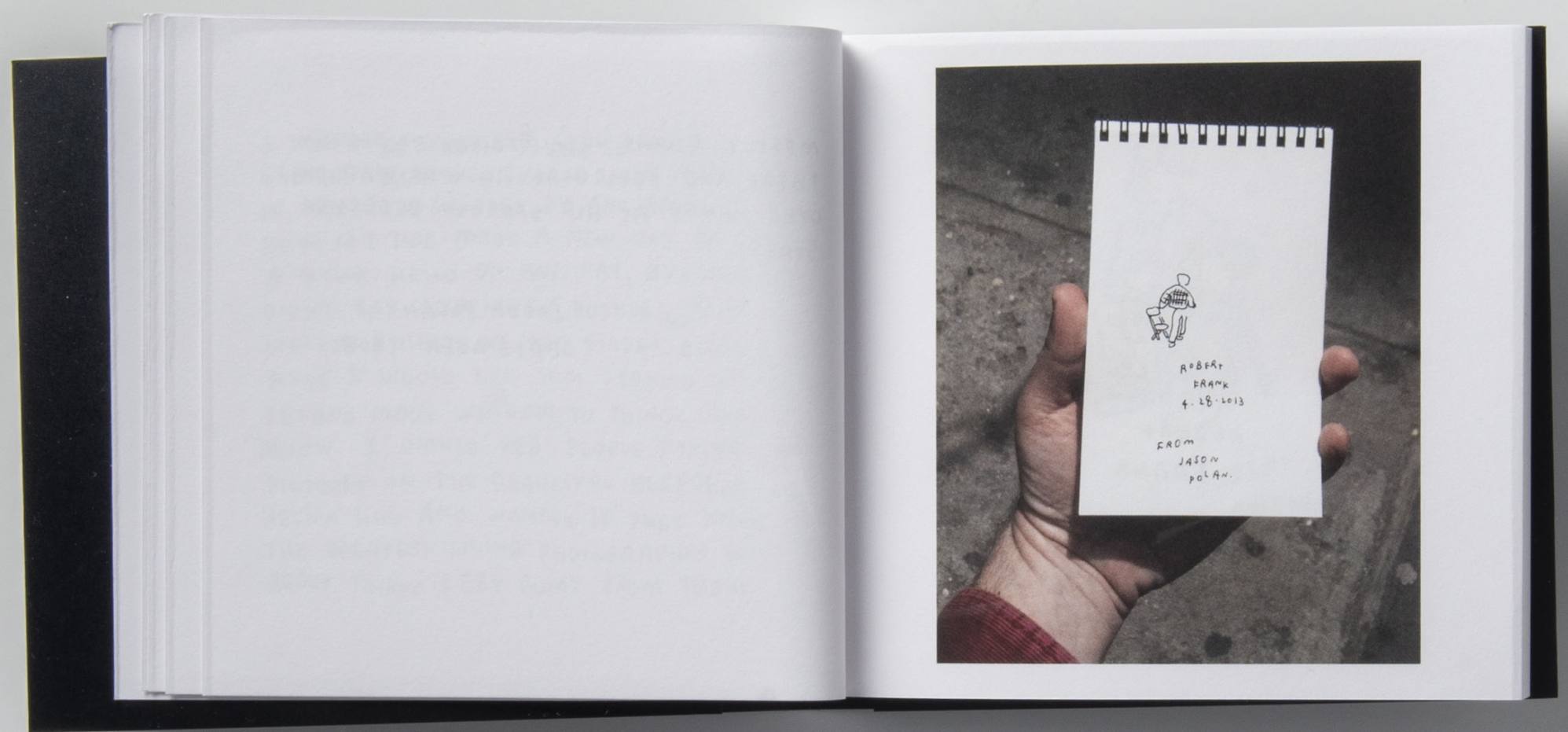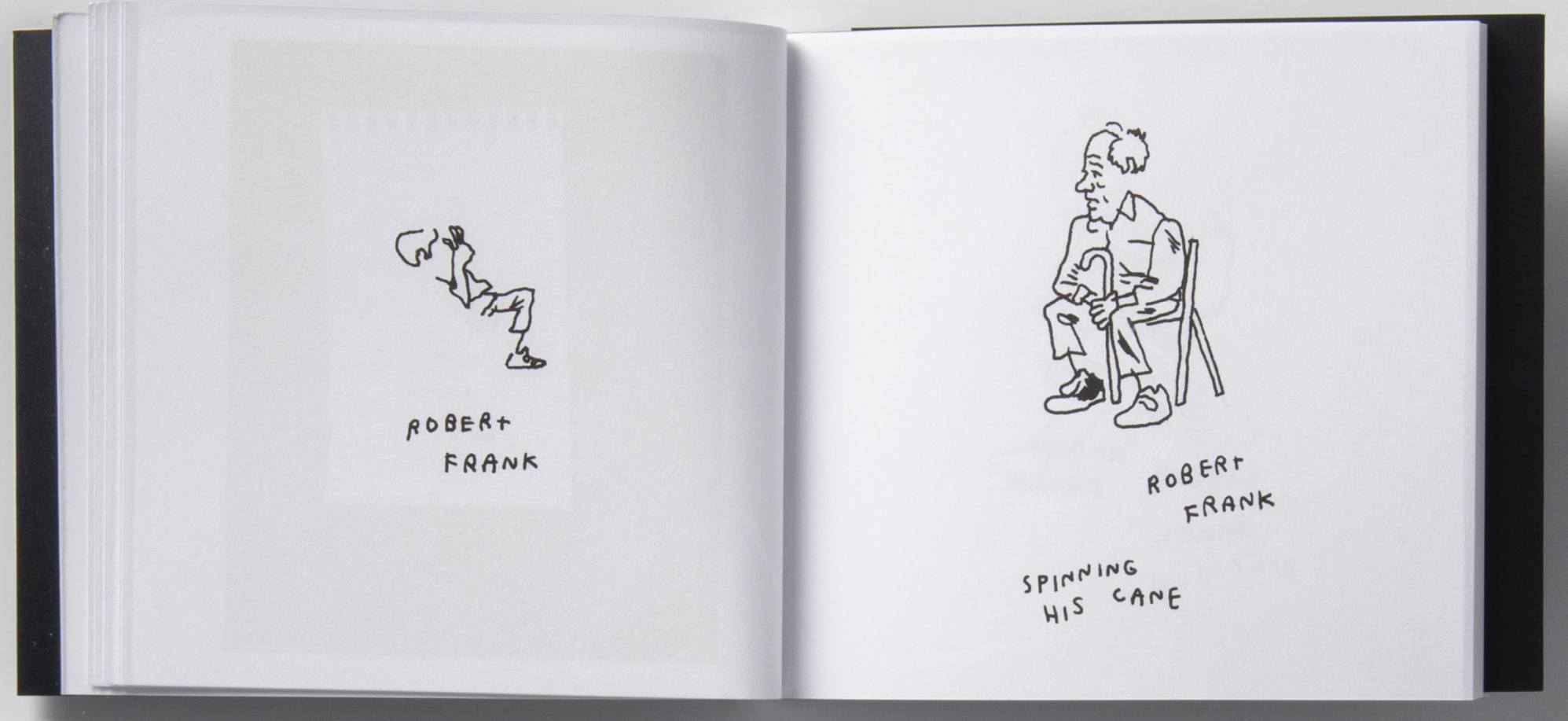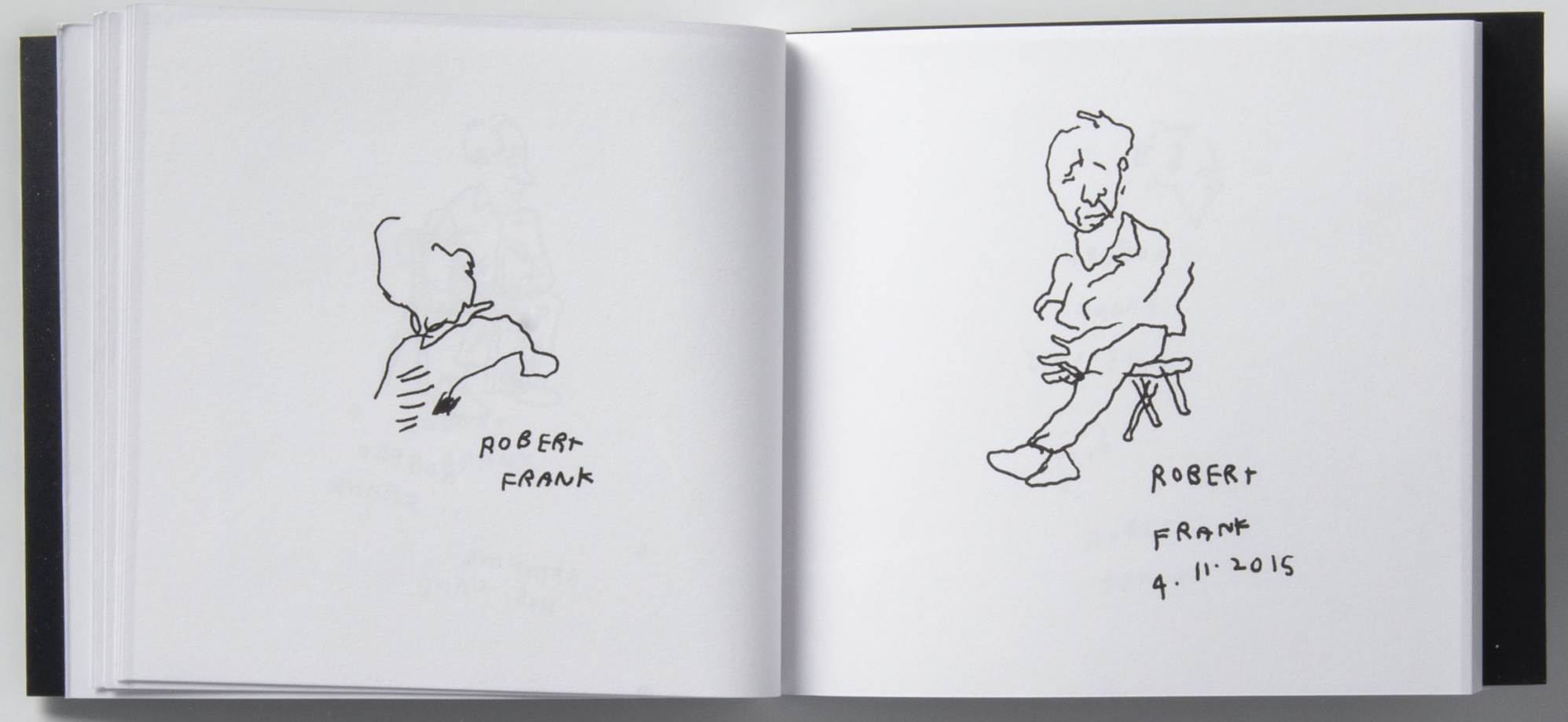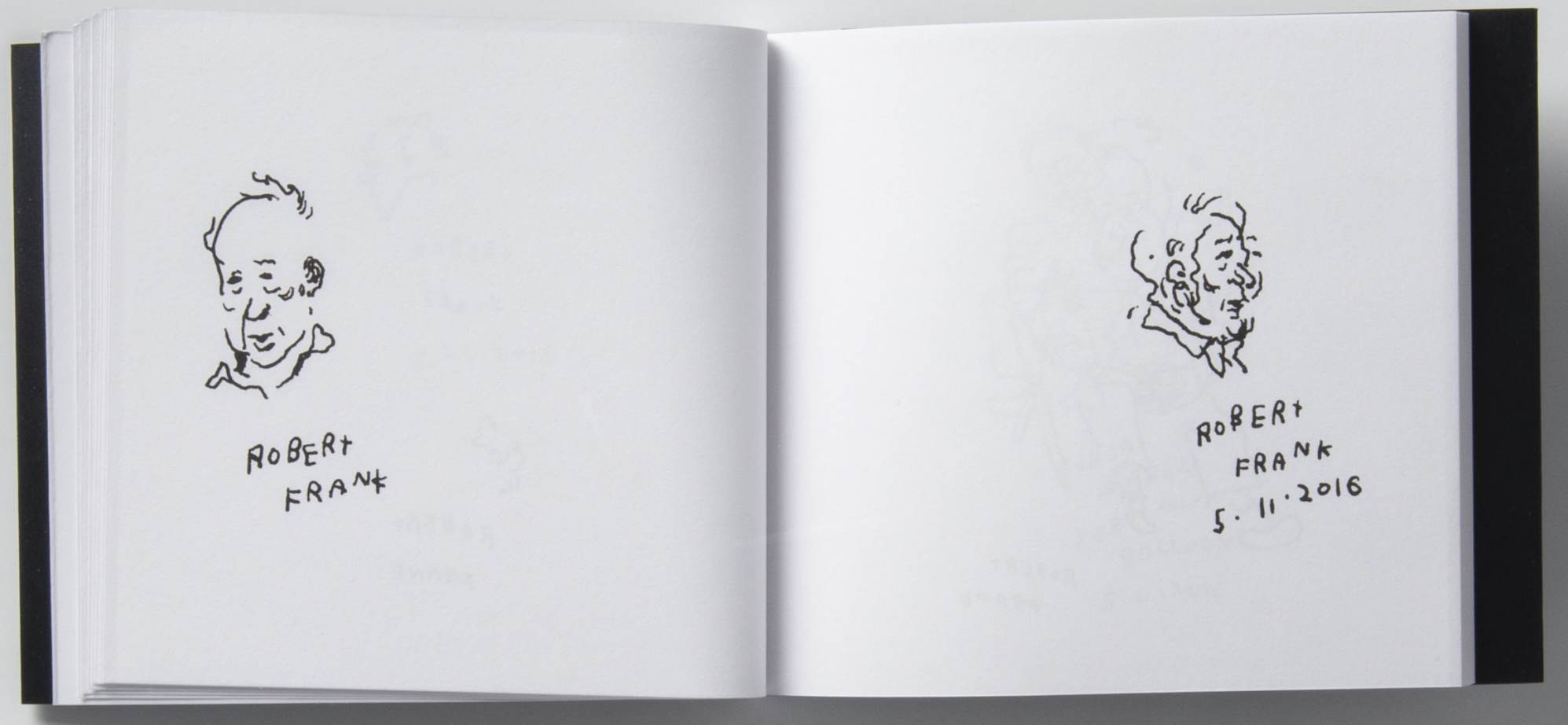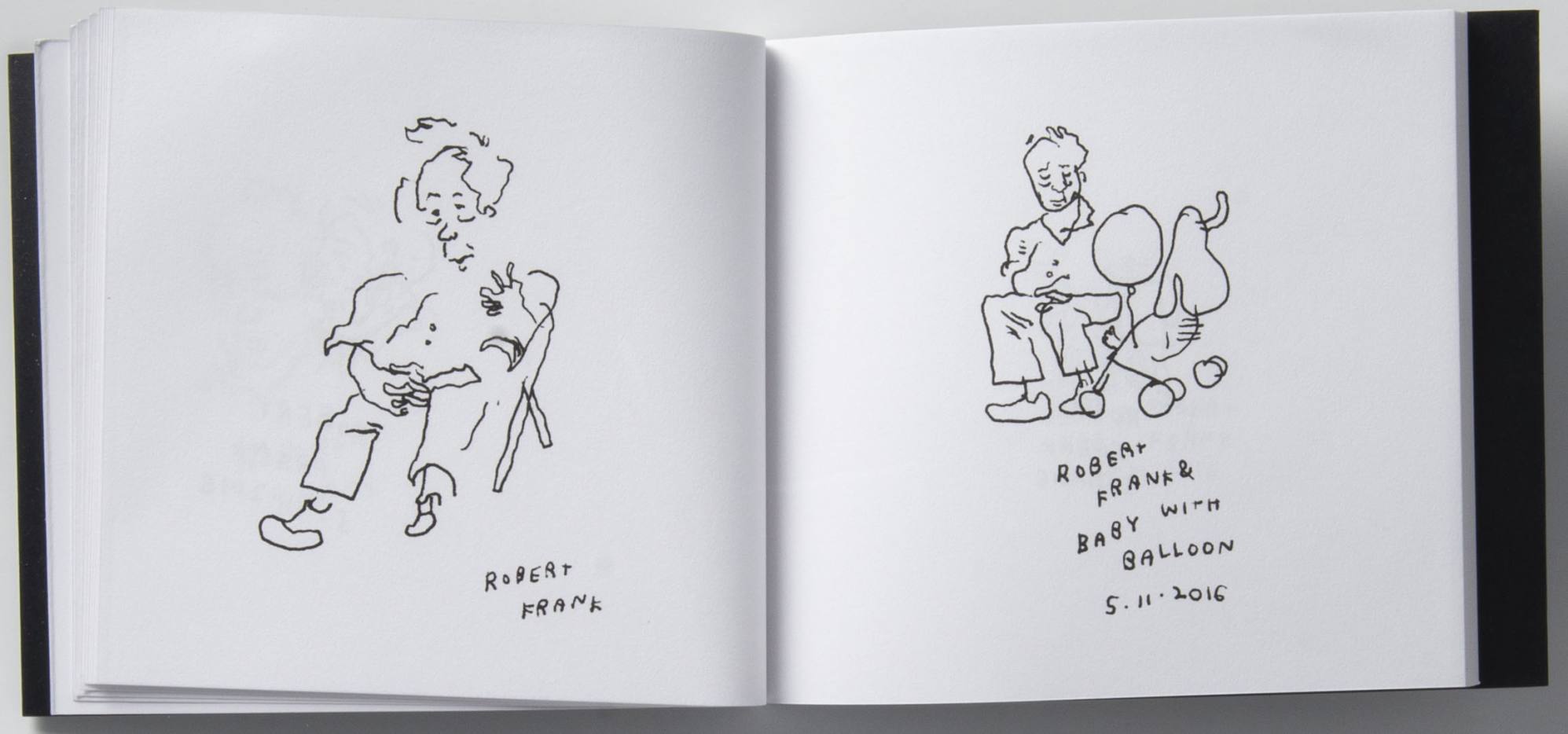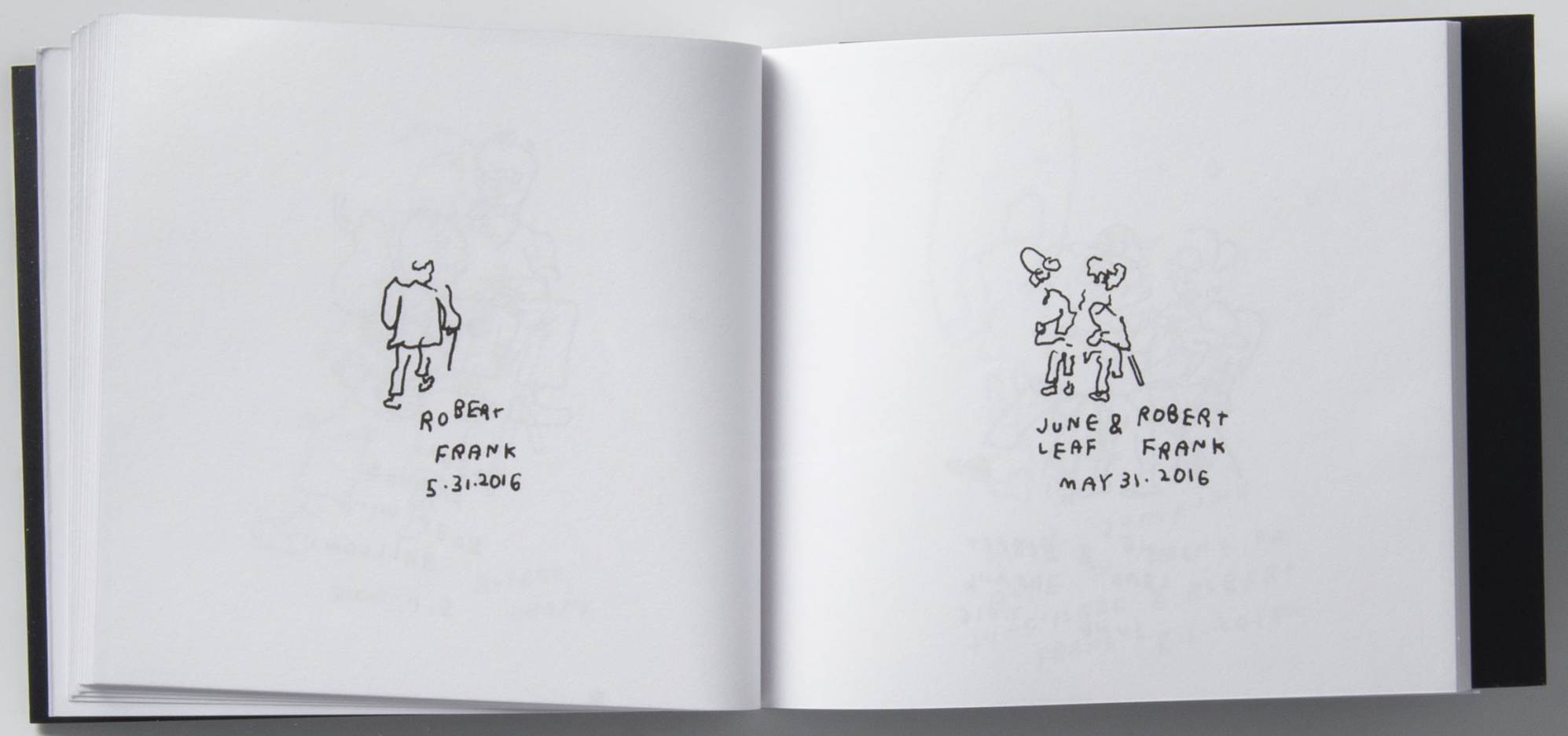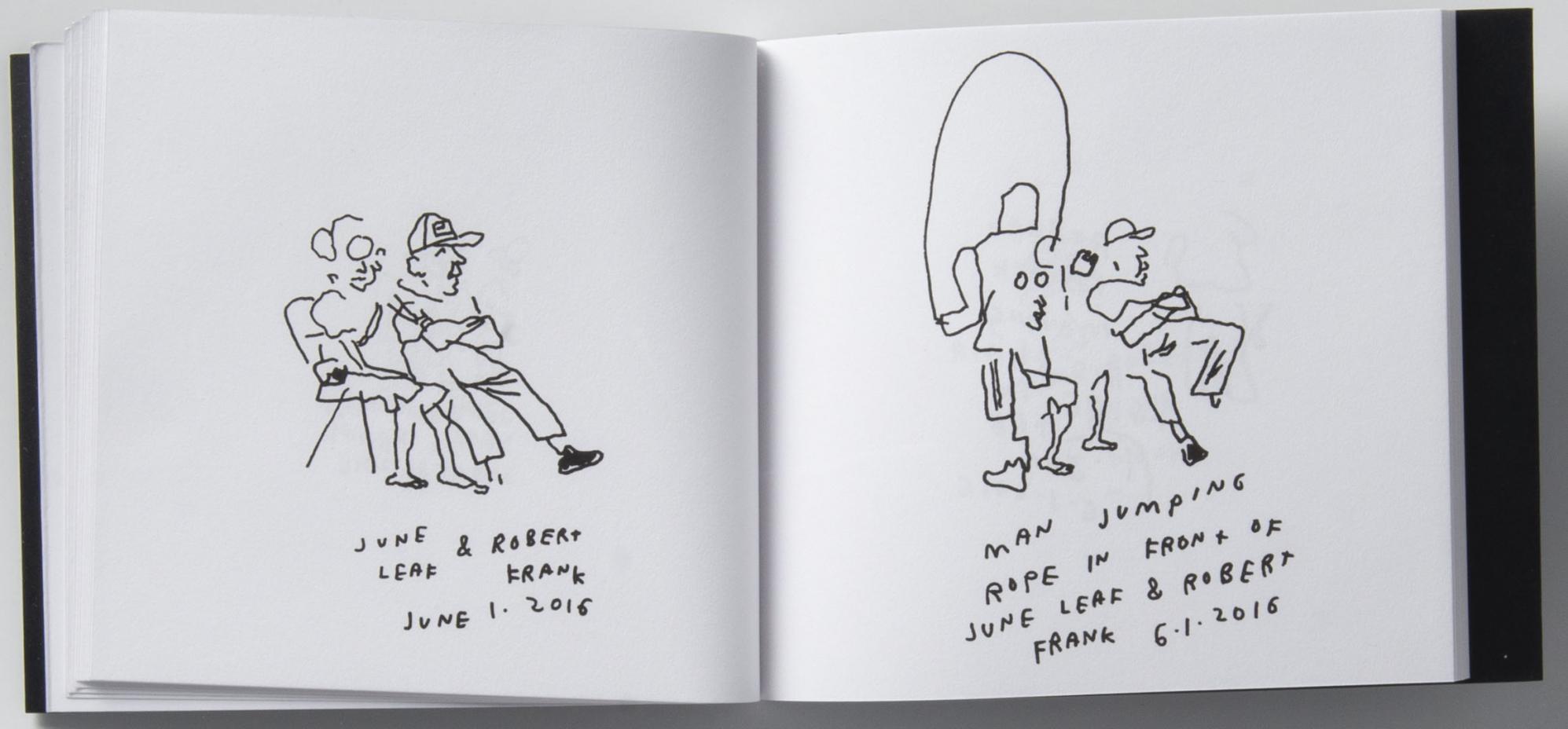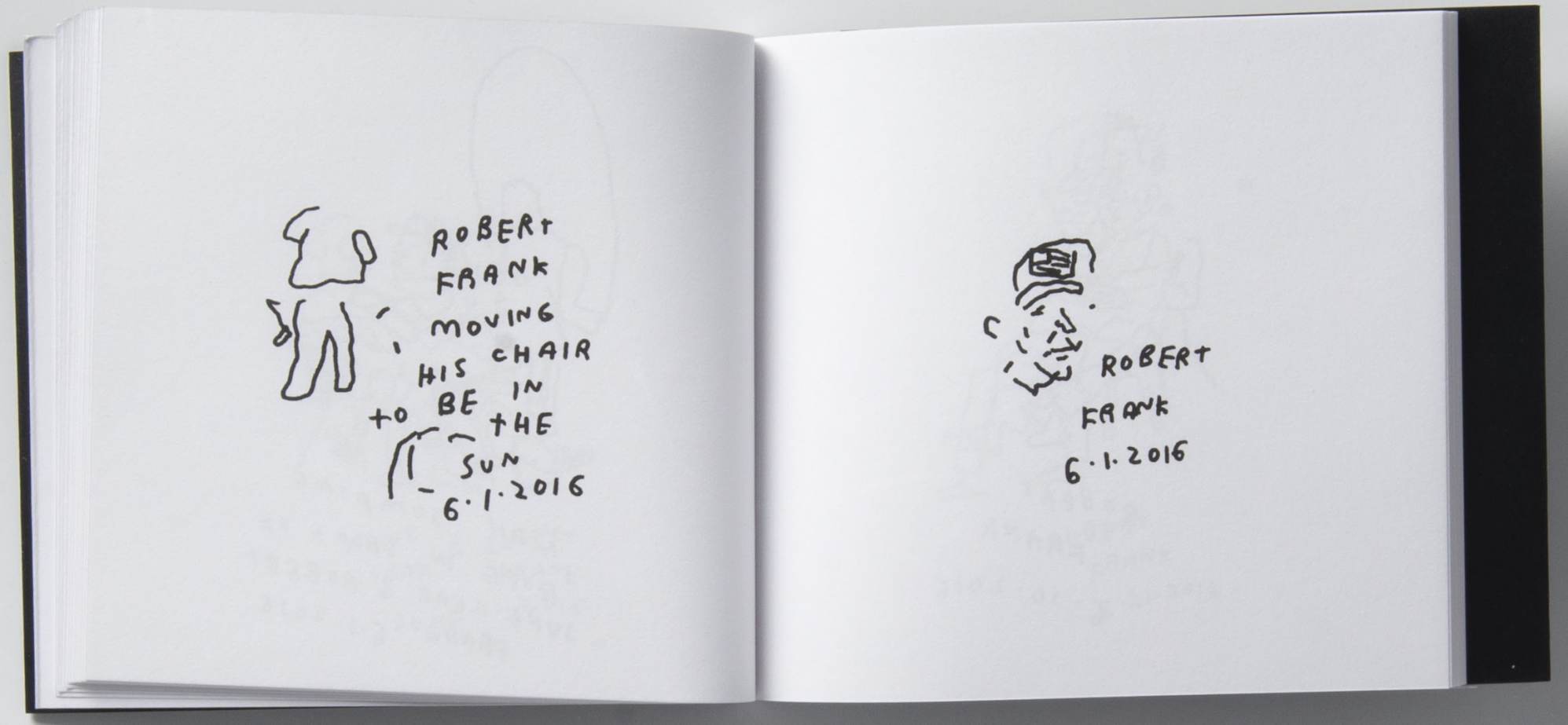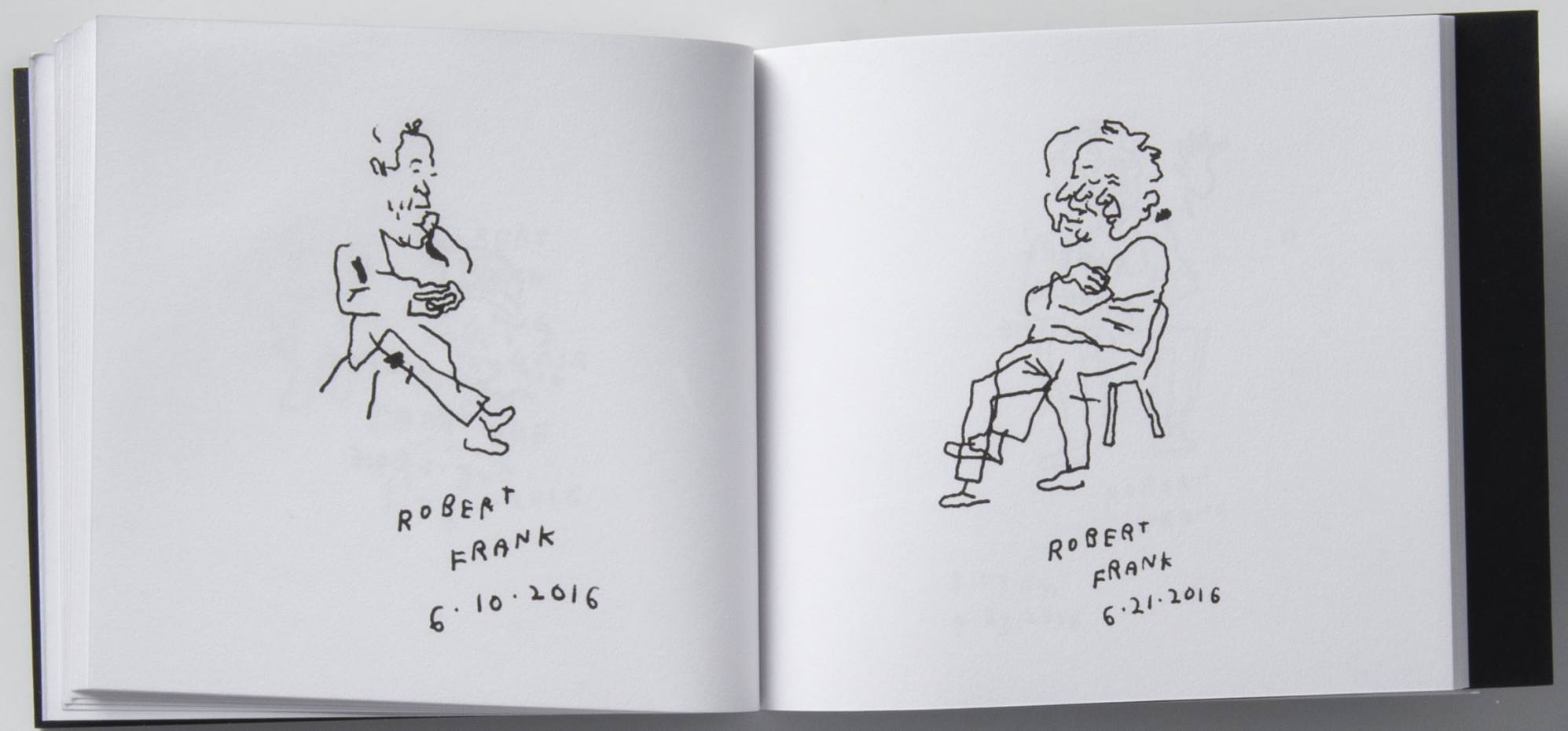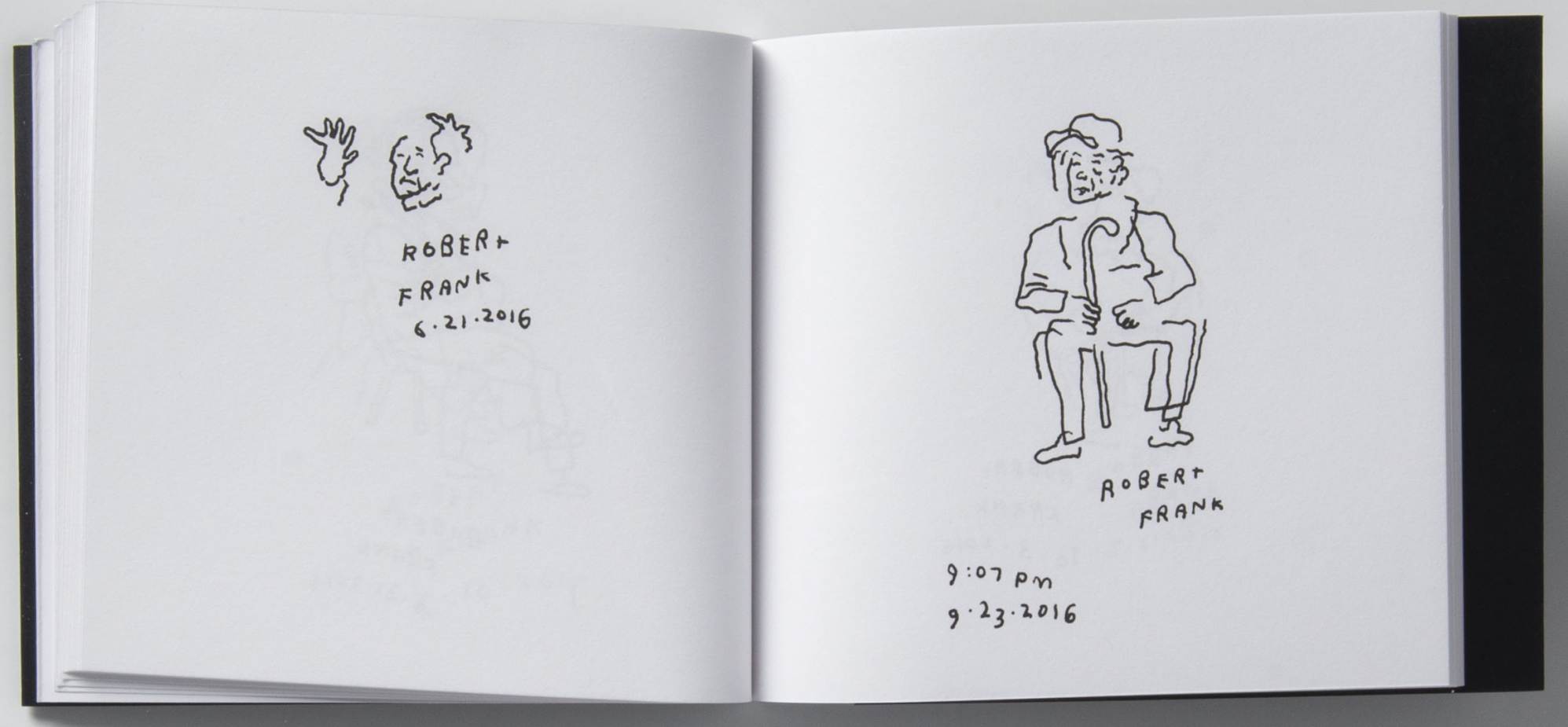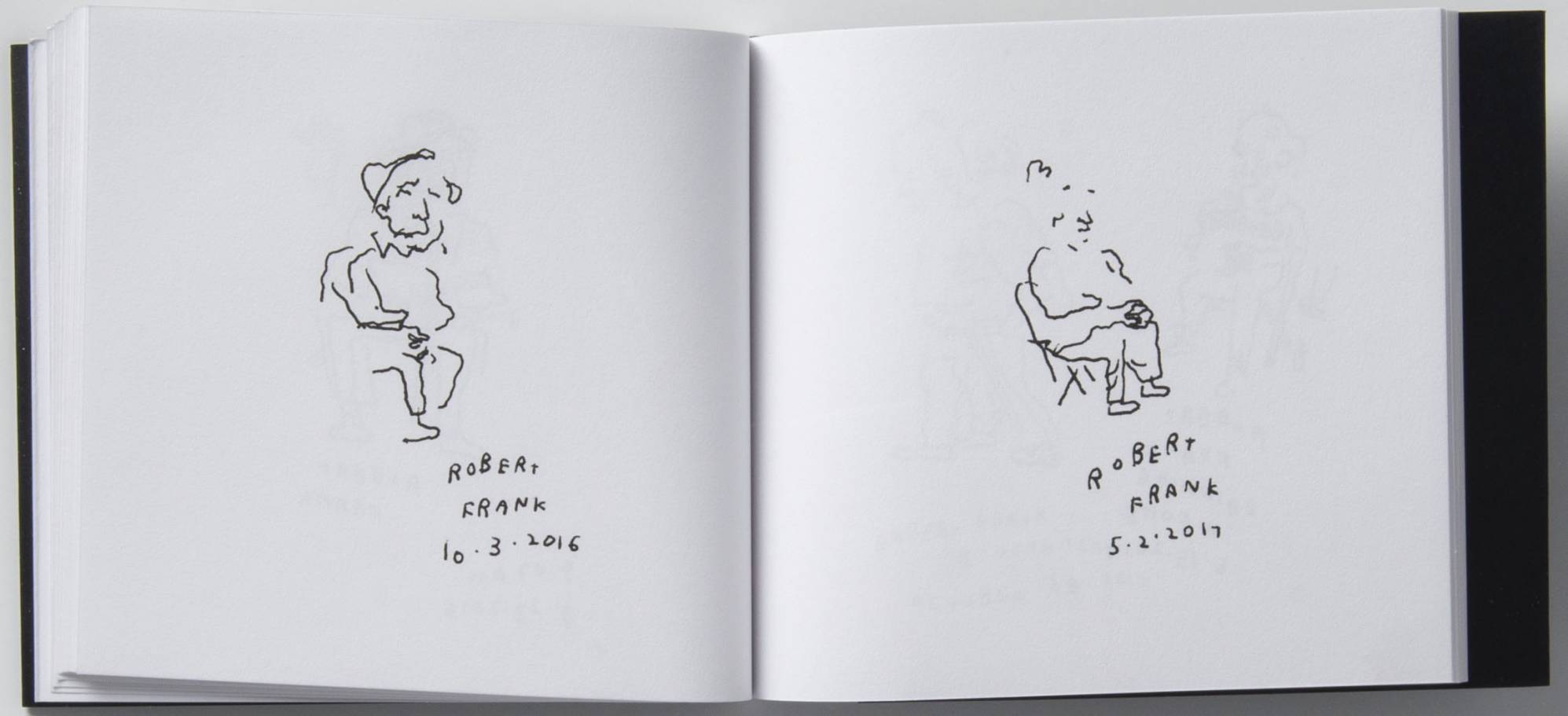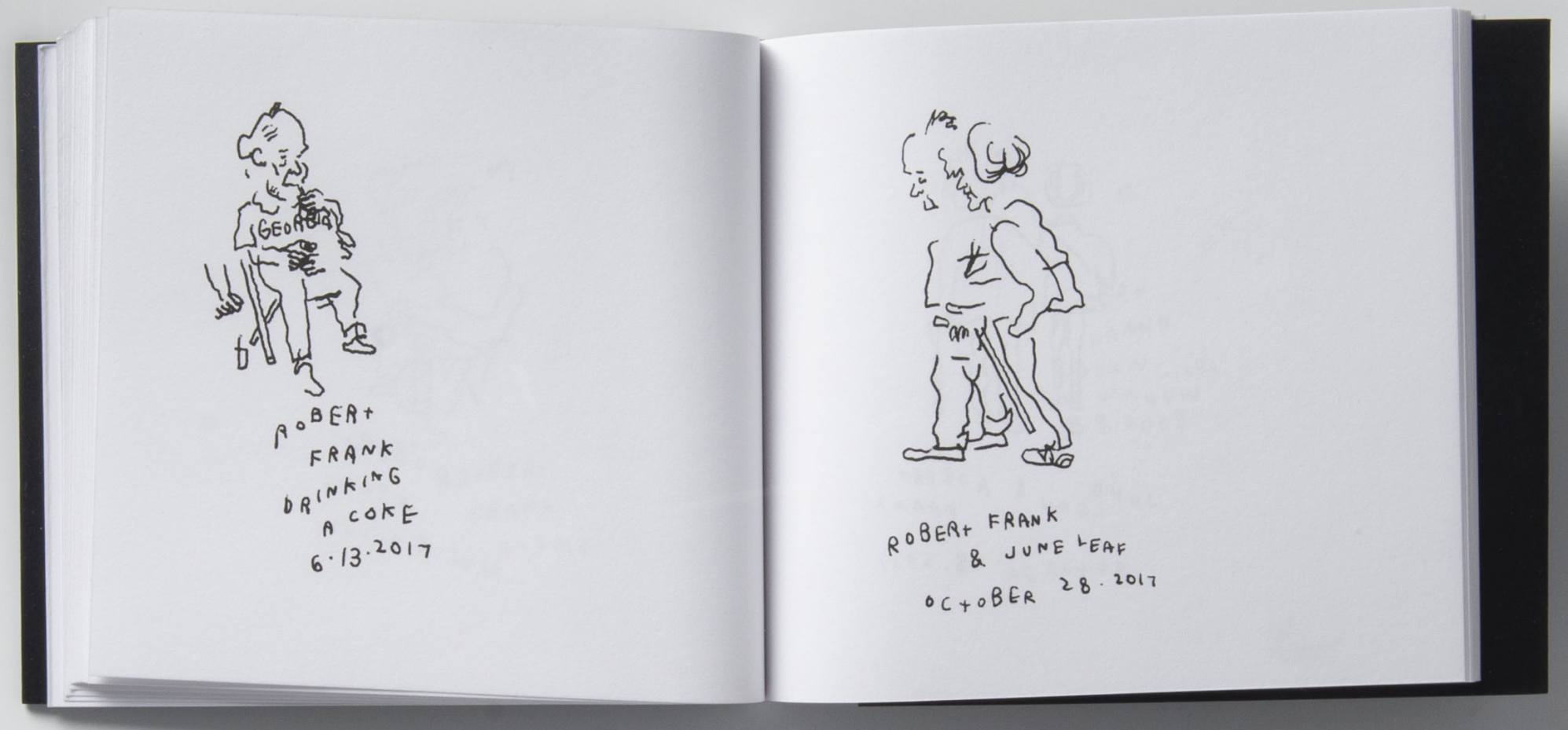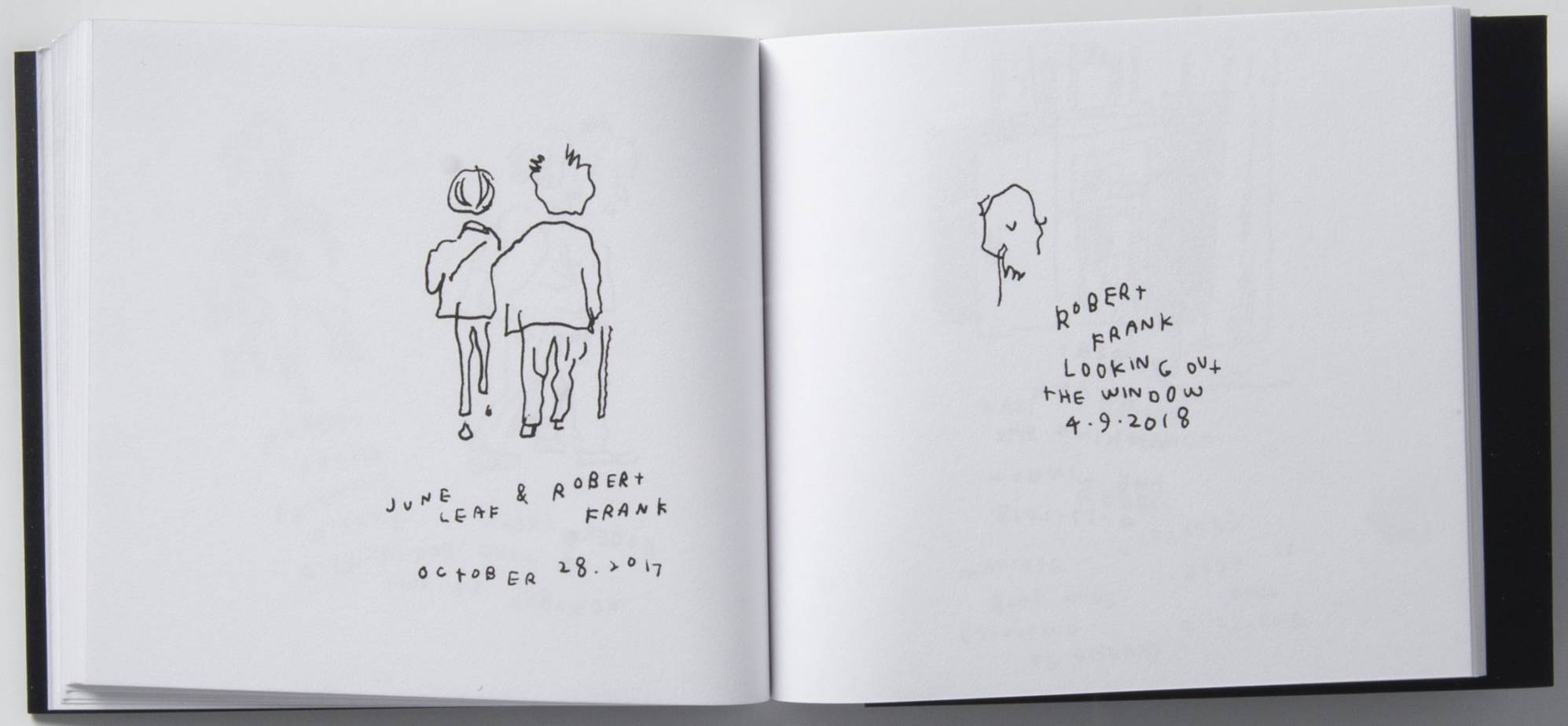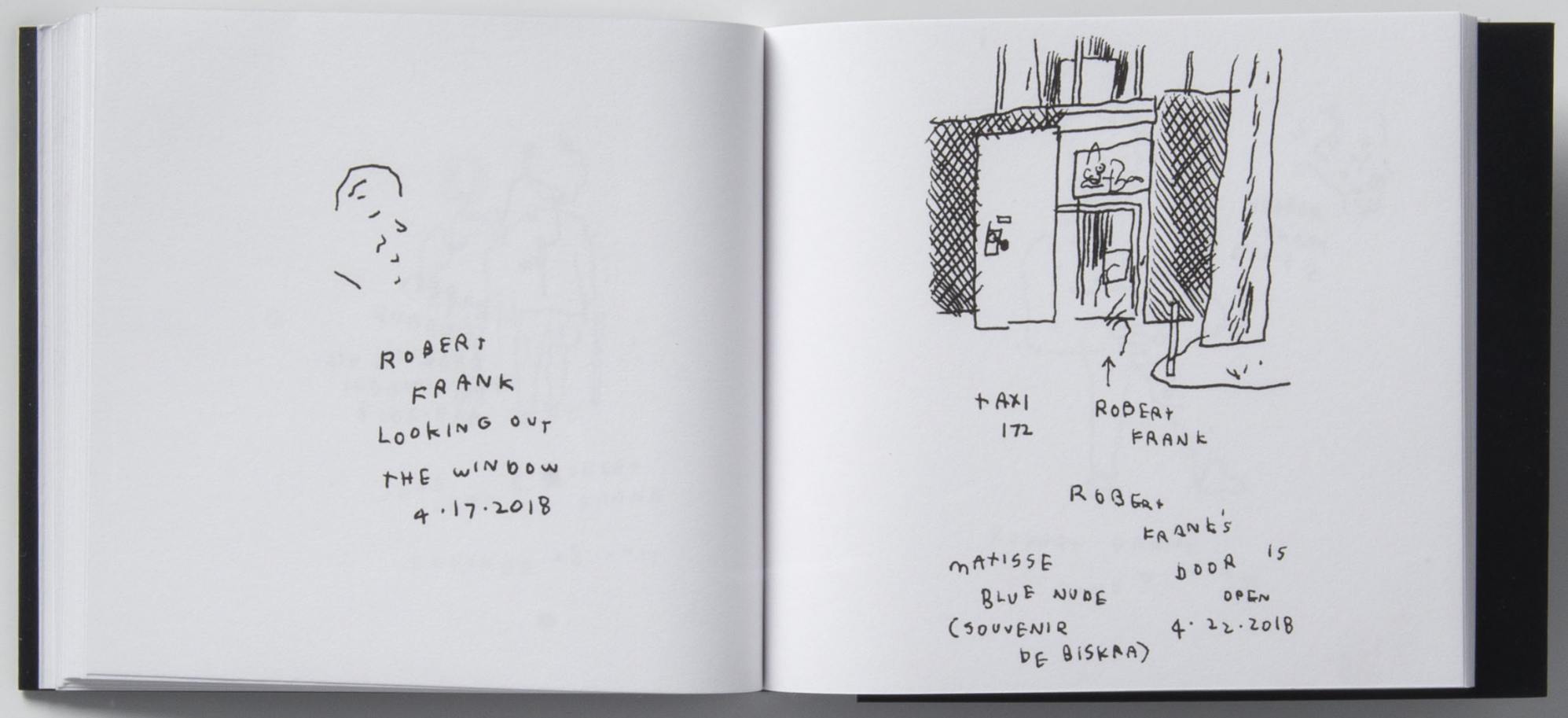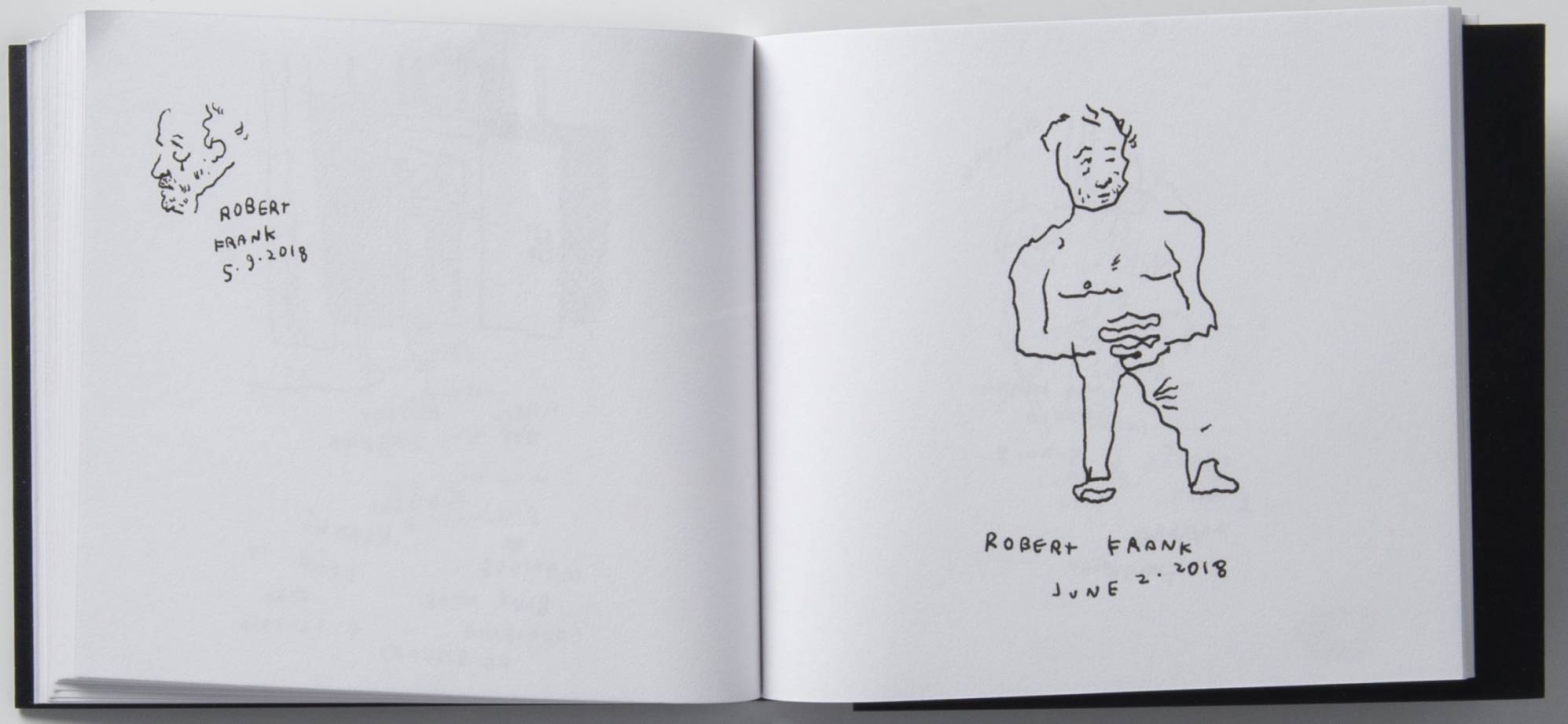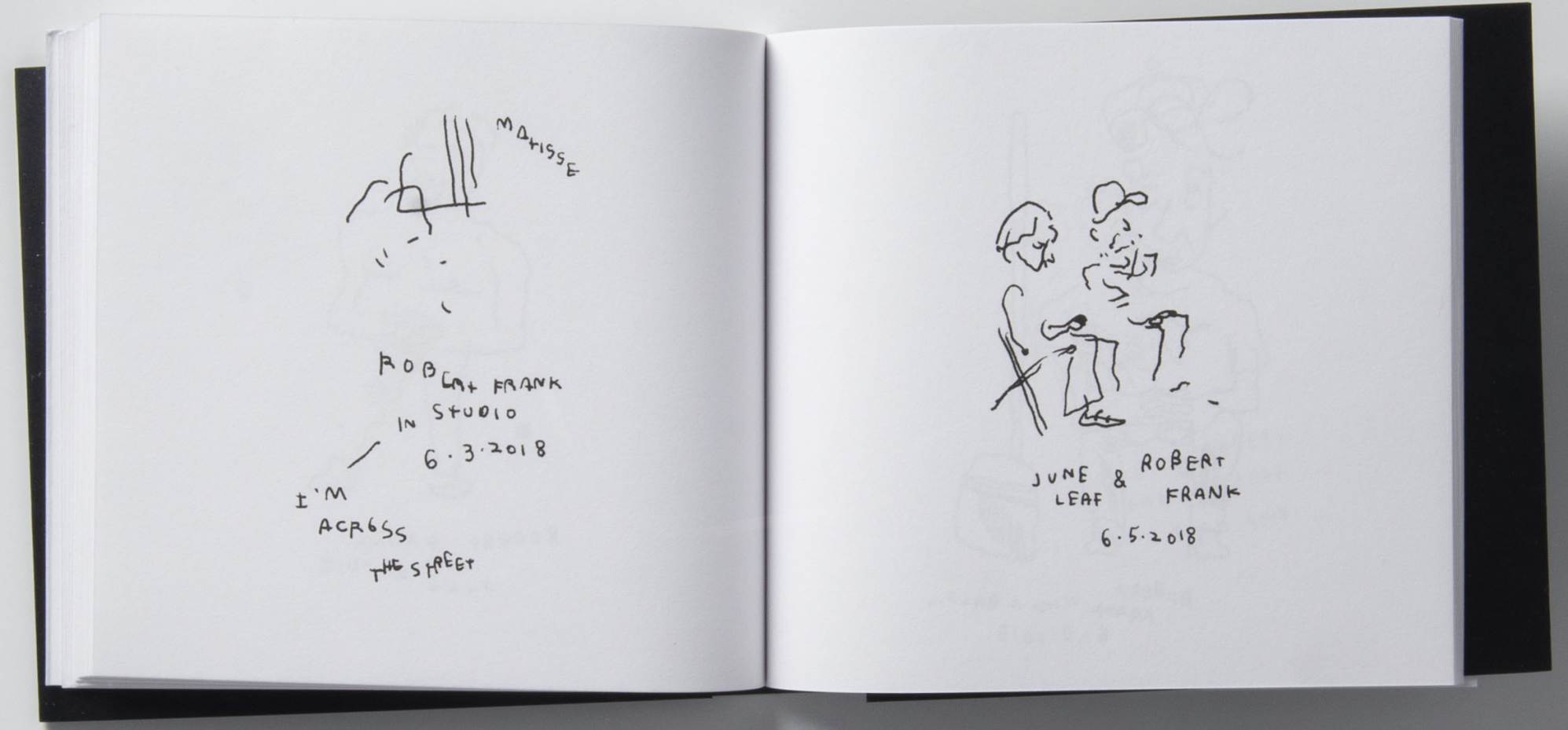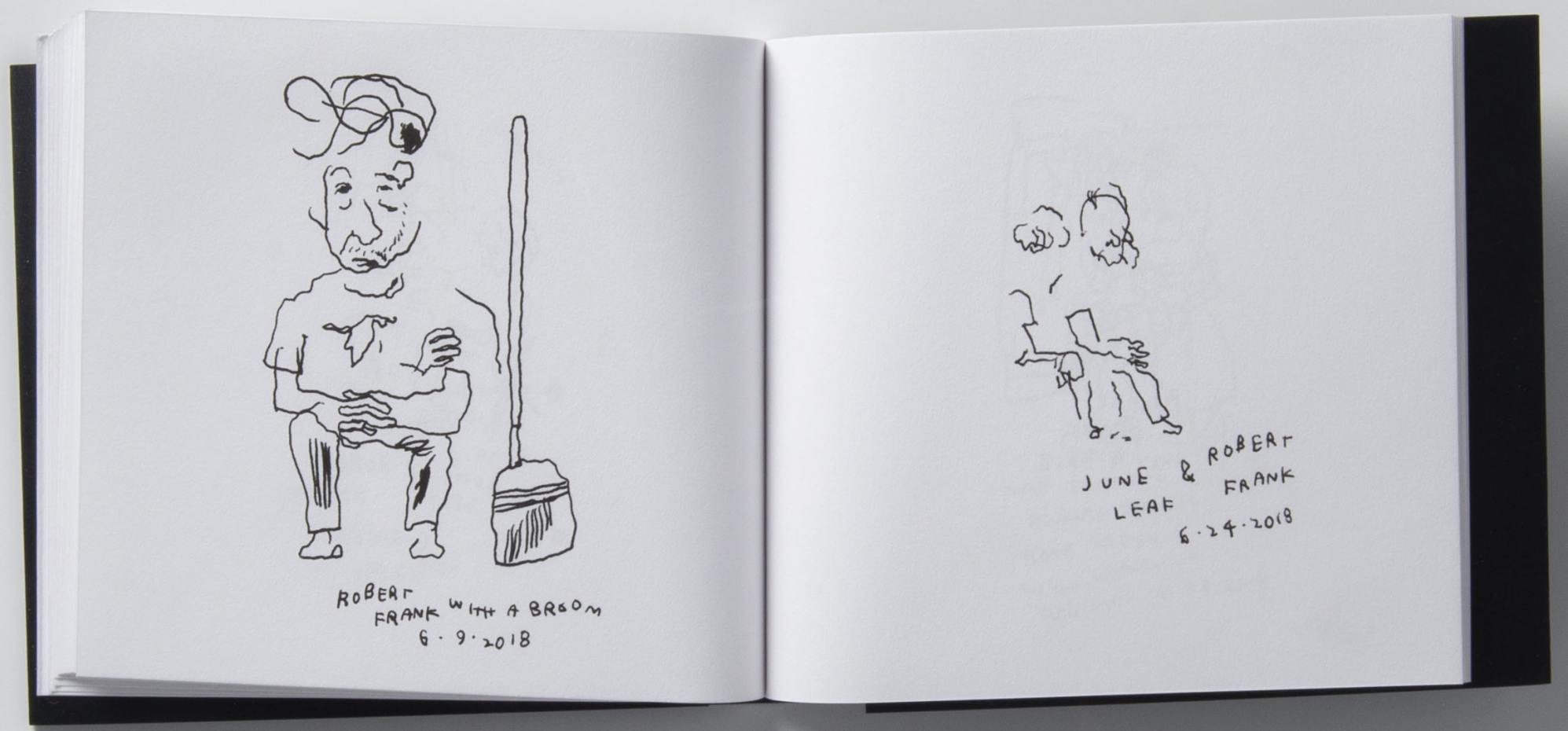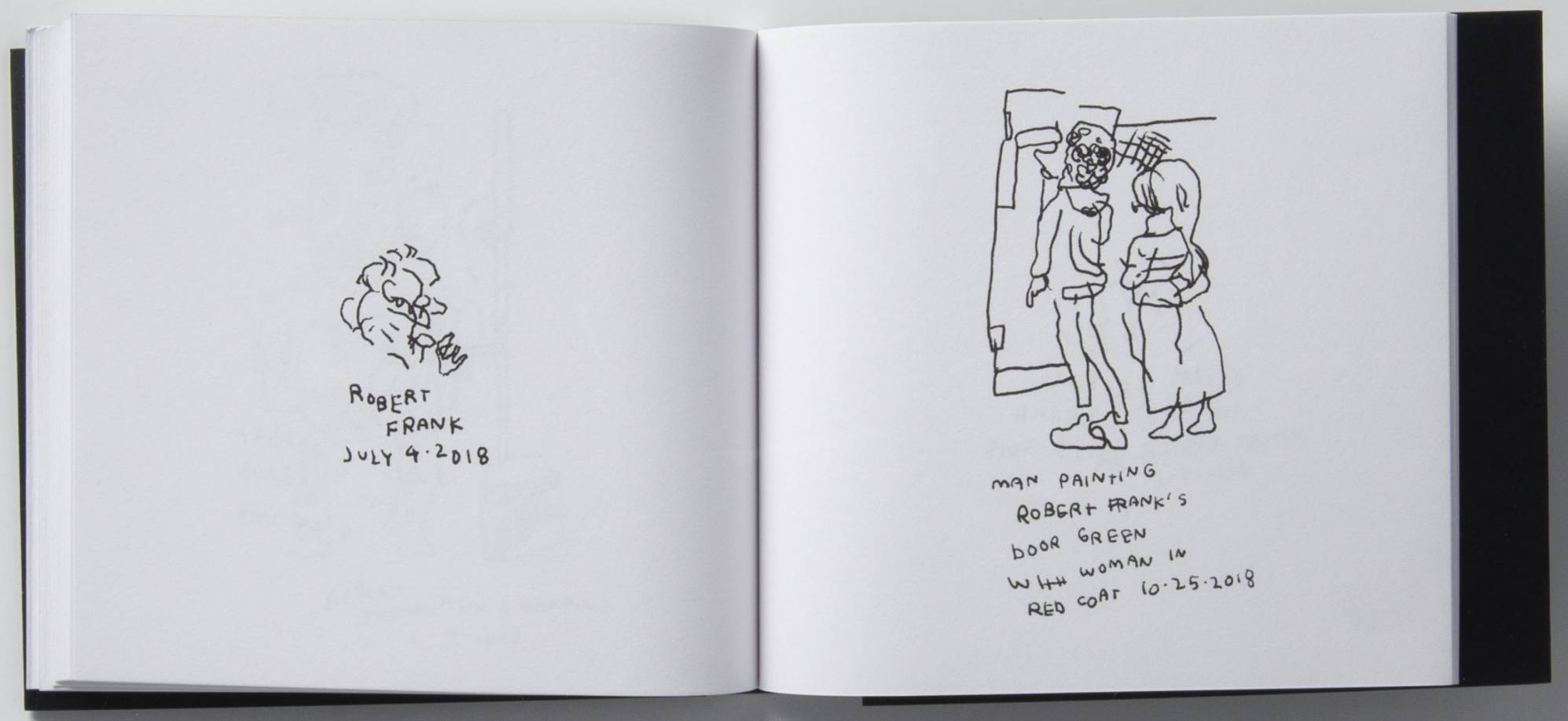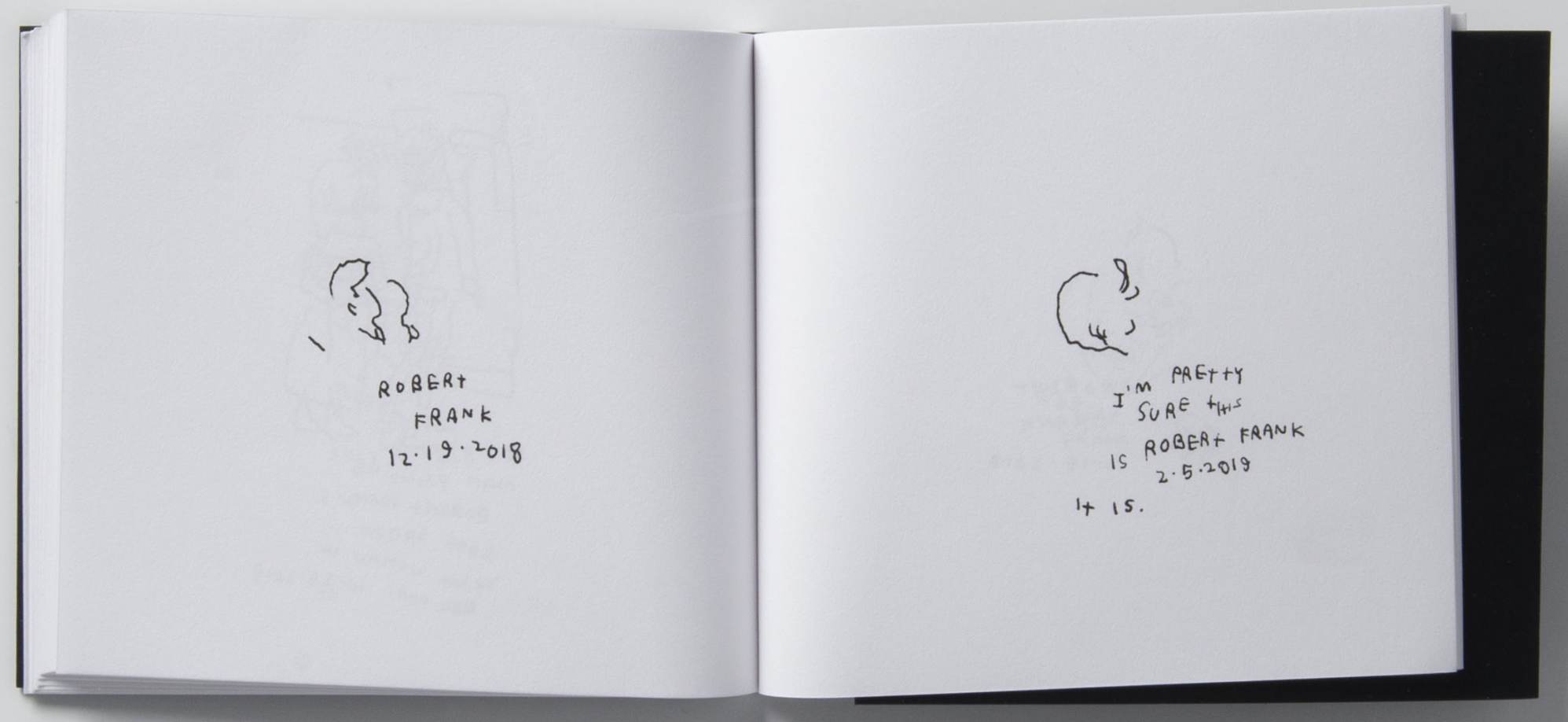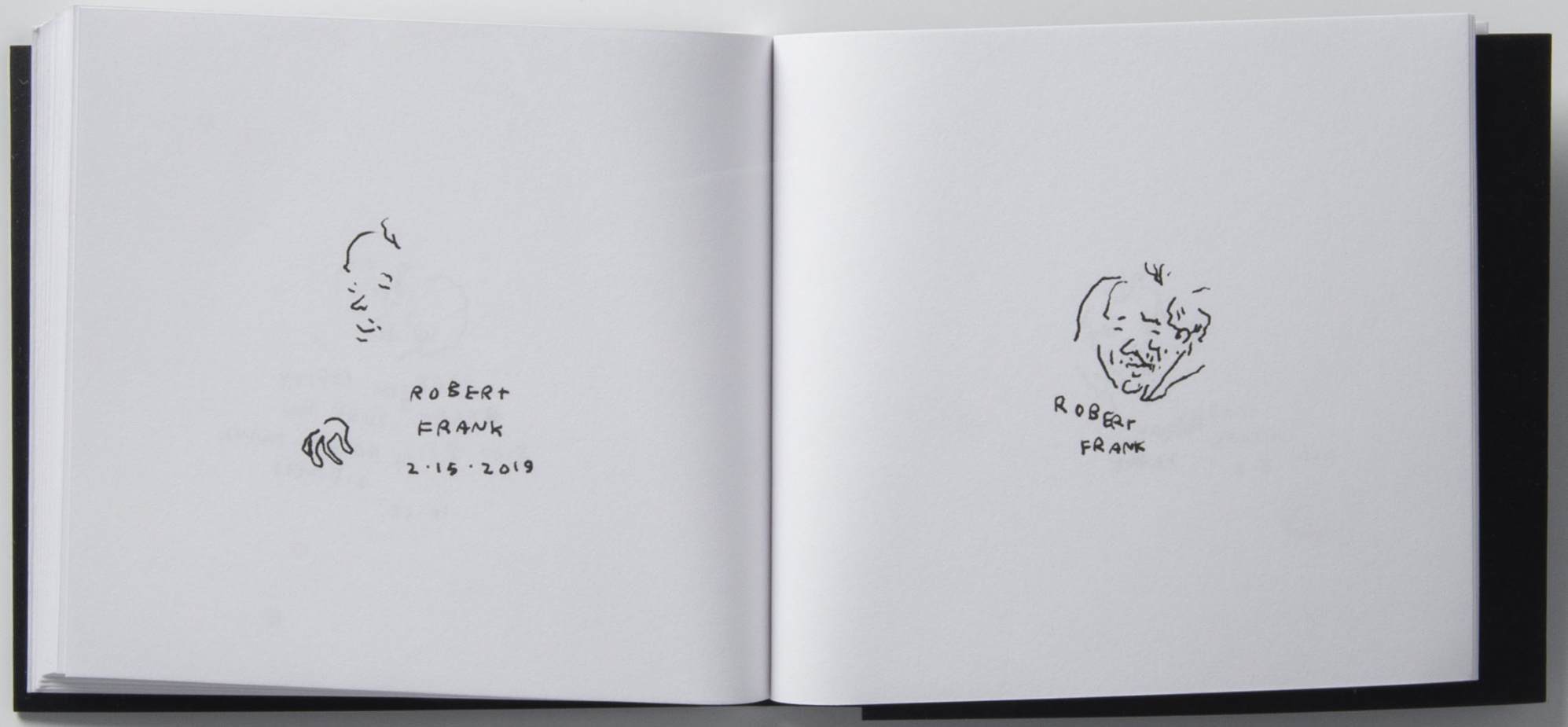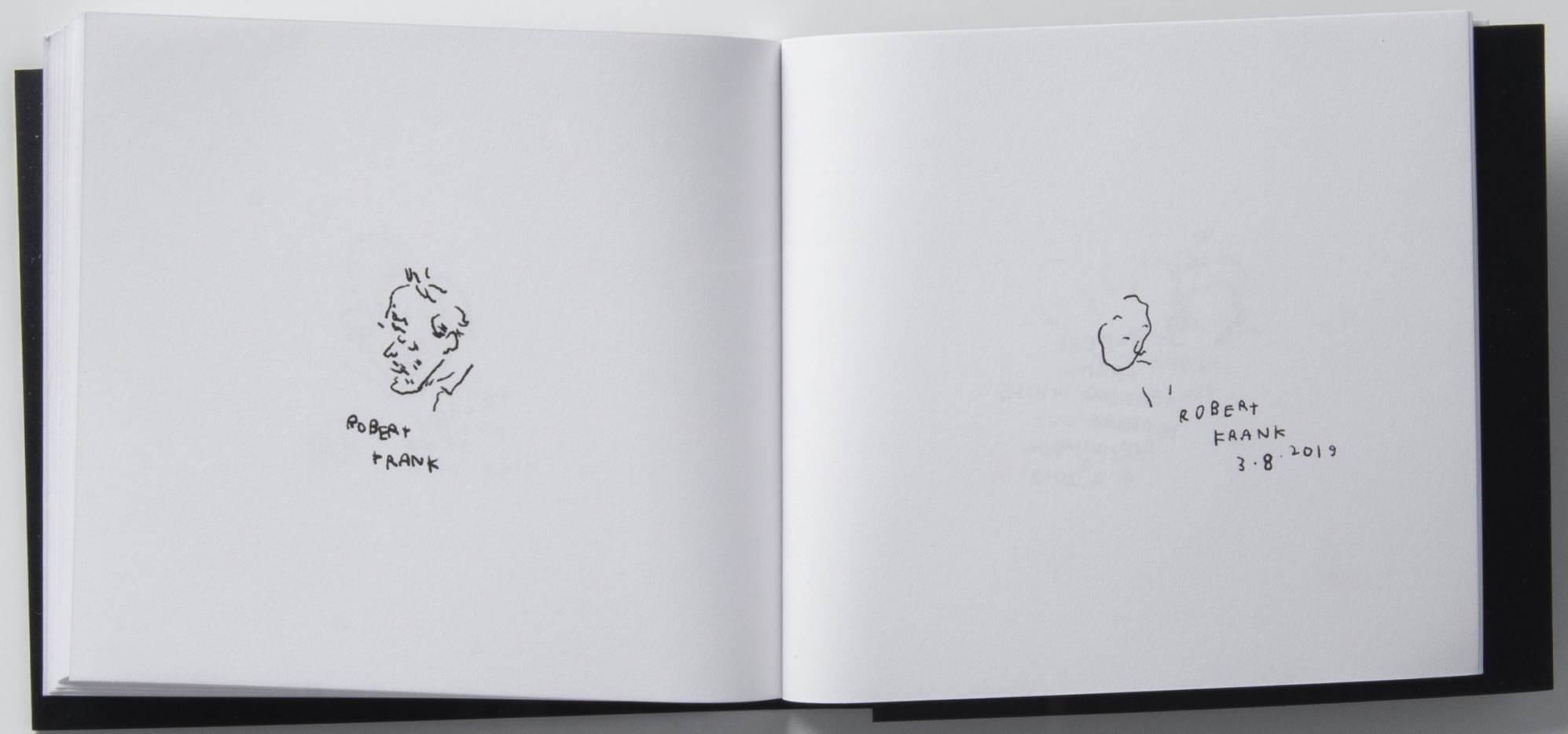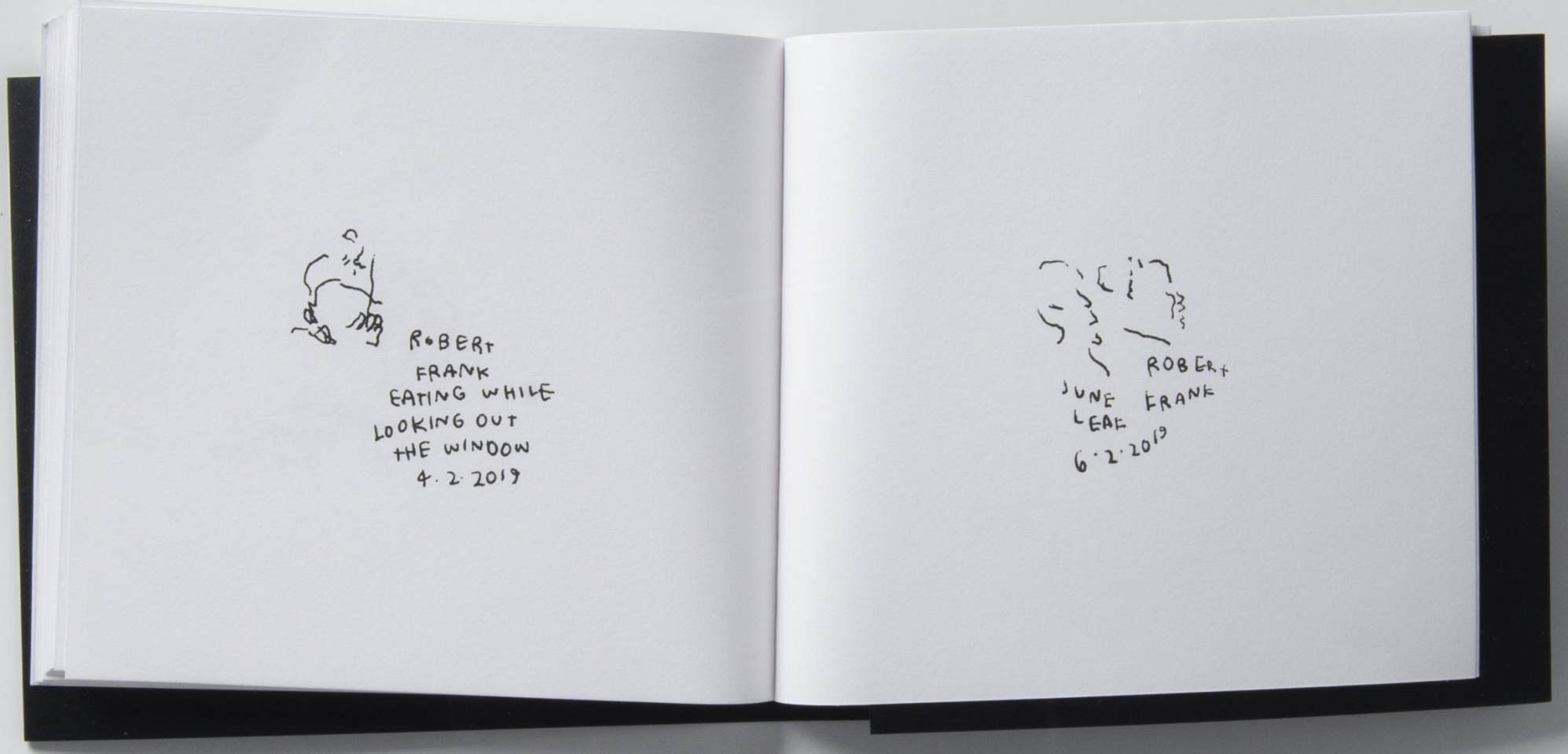“I finally finished my piece about Frank O’Hara. It’s good, but of course it’s not good enough. It makes me want to write pieces about all my friends before they die. It’s so awful to have to say someone was this or was that. As opposed to is. Because was is so final. I mean, it carries too much authority.” — Joe Brainard to Ron Padgett, October 1969
The last time I saw Jason Polan was on November 9th. We met at a coffee shop on the Upper East Side. He was already there when I arrived and a little distraught because he’d forgotten his pen. I suggested he ask the barista for one, but he was too embarrassed, so I did it for him. He cheered up once he was able to start drawing. He talked to me about his ambition, which was surprisingly sizeable for the creator of the Taco Bell Drawing Club. He told me he wanted to be one of the greatest drawers ever.
After he died, I looked up some old emails from Jason. This one is from 2016:
Taco Bell Drawing Club is usually just me sitting by myself drawing. I think because of the internet, or what I post on the internet, they are expecting it to be a little more exciting.. . . so, all of that is just sort of a preface to what happened today. I was sitting by myself at a two-person table because it was crowded. I had two of my pads out and a pen and I was looking at pictures on my phone and I noticed a little girl with a sketchpad approach the table next to mine. There were two other younger girls and one older lady. I think a Mom and a daughter and maybe the daughter’s friend – the girls were probably 11-13 years old or so. I think the Mom saw what the club was, just me sitting there, and I heard her say to the girls, before she thought I noticed, in a whisper, “come on, let’s go.” and they sort of shuttled out. I think this might have been a low point for Taco Bell Drawing Club. It sounds sadder here in this email than I was, or am, about the situation, but I kind of just wanted to write it down.
Reading this email now, I think about those girls who briefly entered Jason’s orbit years ago. Maybe Jason’s Taco Bell didn’t look like Michelangelo’s Sistine Chapel, but I’m absolutely certain those girls were in the presence of greatness. Jason’s obsessively democratic observation of the world changed the way countless people see that world – not just through his draftsmanship (genius cloaked in a doodle), but through his invitation for all of us to join him. I wish those girls had been allowed to stay, and I wish even more that Jason was still at Taco Bell.
In this newsletter:
- Picture & Poem: I Remember by Joe Brainard
- Cosmic Fishing with Rebecca Bengal: Or Was It Like This?
- Dear Lester
- Ex-Libris: Two zines by Hans Eijkelboom
- Recently Received: The American: Drawings of Robert Frank by Jason Polan
- The Lunch Table
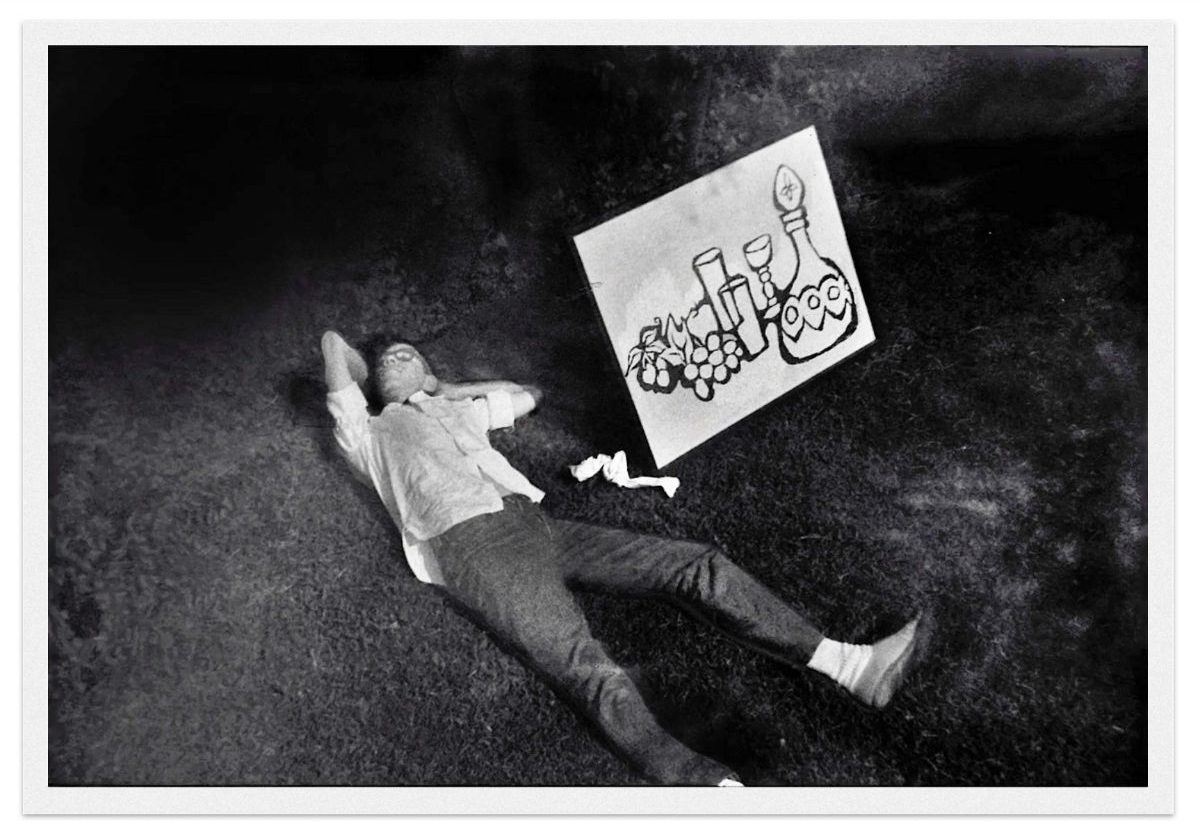
Picture & Poem:
The humble and warmhearted artist is rarely king of the art world, but who cares? Let everyone else crowd in line for the cutthroat Picassos, I’m happy to spend time alone in a quiet gallery with Fairfield Porter. In both art and poetry, I’ve always been drawn to the understated New York School of Porter, Ashbery, Freilicher, O’Hara and others. But even this circle has its fringe. And for whatever I reason I’d failed to give the artist/poet Joe Brainard much attention. I recently corrected this by purchasing a copy of Brainard’s best known work, I Remember. His childhood friend, the poet Ron Padgett, describes it this way in the book’s afterward:
Joe’s originality came from the fresh way he looked at things. He saw straight through complexity and preconception to the clear and obvious. Instead of writing an autobiography or memoir, neither of which he was interested in doing, he simply wrote more than 1,000 brief entries that begin with the words “I remember.” His method had something childlike about it, and indeed Joe did have a taste for things that were free of adult overcomplication.
Here are just a handful of passages from the thousands Brainard penned:
I remember peeing underwater in my bathing suit once, and how sexy and warm it felt.
I remember the only time I ever saw my mother cry. I was eating apricot pie.
I remember the indescribable smell of a certain dime store downtown, with wooden floors. Great banana cake. And my favorite 25¢ photo machine. My favorite because it once got stuck, and continued making pictures of me for what seemed like hours, until a nearby clerk became suspicious and called the manager over to turn the thing off.
I remember daydreams of dying and how unhappy everybody would be.
Brainard’s mix of humility and Whitman-eque ambition has stood the test of time. “One by one, the so called important books for our time will be forgotten,” Paul Auster said of I Remember, “but Joe Brainard’s modest little gem will endure.”
One key to this endurance, as with Whitman, is its democratic openheartedness. “The beauty of it all is that Joe made it look so easy,” wrote Padgett, “And in some ways it is. Few people can read this book and not feel like grabbing a pencil to start writing their own parallel versions.”
Another key is Padgett himself. Since Brainard’s death from AIDS in 1994, Padgett has steadfastly worked to keep his name alive. Along with his afterword in I Remember, Padgett wrote Joe: A Memoir of Joe Brainard. He also narrates the wonderful documentary I Remember: A Film about Joe Brainard.
While watching this film, I noticed a few wonderful snapshots of a teenage Brainard. I emailed Padgett and he told me that he took the photos in Tulsa in 1959 or 1960. He made the photograph above from the roof of a friend’s house. The painting is by Joe Brainard.
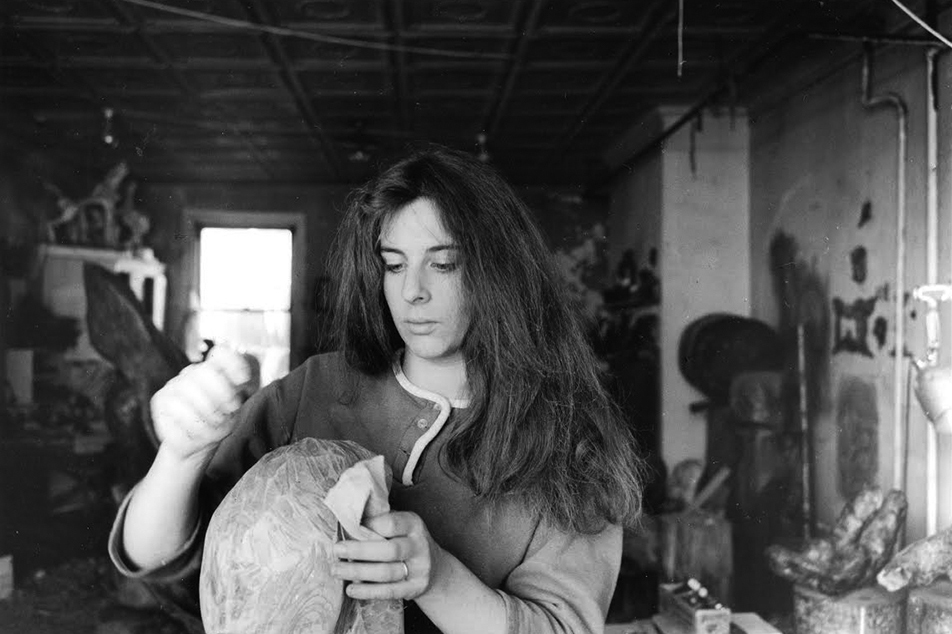
Cosmic Fishing with Rebecca Bengal: Or Was It Like This?
Sometimes (more often than you’d think) New York emerges as a small town. I barely knew Jason Polan personally—years ago, when I noticed him drawing me on the Q train, it was before I knew who he was or how many friends we shared. In the moment, I was too shy to speak up. Later on, when I got to know his work, I very much dug what he was up to, solo and collectively.
A day in New York City turned into a better day if you ran across Jason and his sketchbook the way it did if you spotted Bill Cunningham cycling past you in his blue French sanitation worker’s jacket and khakis and camera, before his death in 2016. The reassurance of an artist at work in the world, the knowledge that someone is looking. I placed both of them in the category of artists whose work depended on the constant human flow of New York as much as they fed its current, with their quick, obsessively observational depictions. They sized the vastness of the city to its most individual, returned images charged with affection. If only Bill Cunningham had started an Upper East Side bike gang of roving photographers the way Jason invited strangers to draw with him at Taco Bell…! If anyone understood the need for creating community in a city of 8.6 million people, it is the person who set out to draw every single one of them.
On the weekend after Jason Polan’s death, I am back in New York and walking past the faded pink and gray post office on Canal Street which was allegedly his favorite—he was a frequent user of the U.S.P.S. On one exterior wall, an innocuous spot, leftover bits of packing tape marked the spot where drawings had been posted up in tribute and stolen (ah, New York!), but one photo of Jason remained, along with a laminated reproduction of one of his New Yorker illustrations from 2015, pasted over with bright Ellsworth Kelly stamps. Doesn’t it feel nice to write someone a letter? Jason had written. Doesn’t it feel nice to receive a letter from someone? This is an advertisement by me for the post office.
*
A day later New York shrank again at a show titled “Solitude.” Well, half of it was titled Solitude, for the paintings of Charles Burchfield. Dusky trees practically vibrating in his gouache gloom. Thunderstorms on railroad tracks. A gray paint-peeling room in a deserted house, looking out onto a grayer, rained-on world outside. Vast, forested canyons with slashes of pink and charcoal. A painting of woods he titled The Black Void. They are the winter scenes of far upstate, where Burchfield lived, and Ohio, where he was grew up. Burchfield, the mystic and goth with a wife and five children, friend of Edward Hopper.
I’d been dragging a suitcase through Manhattan, realized I had extra time before I needed to be at Penn Station, and this is how I found myself accidentally alone in Solitude. But even Burchfield shared Solitude with another—the artist Mary Frank, a fellow mystic, their work and lives separated by decades, the ecstatic and the mythic. It was a quiet day, a Tuesday morning. I followed the sound of voices to the back of the gallery where I was surprised to find Frank herself, perched on a bench, surrounded by two friends.
I recognized her right away. Three years ago when I and a friend had just finished seeing I Am Not Your Negro, Raoul Peck’s James Baldwin documentary, and everyone in line for the next screening looked like characters from a Cassavetes film, eyes framed in dramatic glasses and masses of gray and white hair falling on the shoulders of their coats. Mary and her husband, Leo, had been among them—she had stopped me and struck up a conversation about the poster in my hand, a drawing I’d painted for a demonstration about Standing Rock—and she introduced herself. “The artist!” I said. “Yes,” she answered, “but I make protest posters in my studio too.” I didn’t know then that she’d been demonstrating for decades, marching with her friend Grace Paley against nuclear war, her first child Pablo in her arms; or with other artists, as she told John Cohen in his 2013 documentary Visions of Mary Frank, carrying painted figures from Picasso’s Guernica to protest the Iraq War. We talked for a while then. “Mary Frank,” she repeated when it was time for her film to start. “Call me. I’m in the book.”
It was the most Old New York thing anyone had ever said to me and it happened in line at Film Forum. I was charmed. It’s too bad Jason Polan wasn’t also there hanging out by the popcorn machine surreptitiously sketching the whole scene; let’s pretend he was. The Manhattan phone book I wished for at that moment probably did exist—in Cassavetes’ day. Maybe she still had the same number as back then. I never got around to calling.
Instead, the months after dissolved—on that day in line we had been in the first few weeks of 2017. Now, at DC Moore in early 2020, we were on the threshold of another especially dark and divisive week. But here was Mary, excitedly leaping up as I wandered the gallery, to show or tell me something else. Later I would learn it was her birthday, February 4. In high school, she’d studied with Martha Graham; at just-turned-87, she still has a dancer’s energy, a kind of magic presence that echoes her works. “¿Or Was It Like This?” is the title of the show, an otherworldly answer to “Solitude.” I don’t know what Mary Frank’s Taco Bell Drawing Club might be, but if she had one, I imagine it would start by marching through the streets, running into and collecting dozens of her friends along the way and wind up foraging through a forest.
It was the final week of this show; her 1978 sculpture Swimmer is currently on view at the Whitney. I thought about a book of Emily Dickinson’s poems she illustrated years ago. I gravitated especially to her rocks, paintings of buffalo on pieces of bluestone collected from near her Catskills home, and little sculptures of deerlike people. She has long merged humans with nature, or nature in her works (stones and photographs; funghi and pigment); she works in a visual alphabet of alchemical elements and images that are practically hieroglyphic. Living in Paris with her first husband Robert Frank, Mary would leave their baby with him and wander to the Louvre, staring at paintings of Daphne, the nymph turned into a laurel tree to spurn Apollo. She made her first Daphne of bronze in the mid 1970s, and other wooden Daphnes followed.
As I stood in front of a painting of a black sea, Mary again appeared at my side. She told me a story of visiting Morocco in a town where there were no images. It was startling, she said, for someone like her, someone who lives in images. The only depictions of people allowed were of the king. Still, one day, she met a man who had an image of half a human—a picture of a girl turning into a fish. She bought it from him, took it home, and painted it into Tempest. “It’s like Hans Christian Andersen’s mermaid,” I started to say. “But in reverse,” Mary finished. “You never see it like that—the human becoming the animal.” A fish head with legs. A cosmic fish. Mary had laughed a little as we looked at it. She has the original picture at home. “People see it and they wonder,” she said. “People ask me all the time if it’s real.”
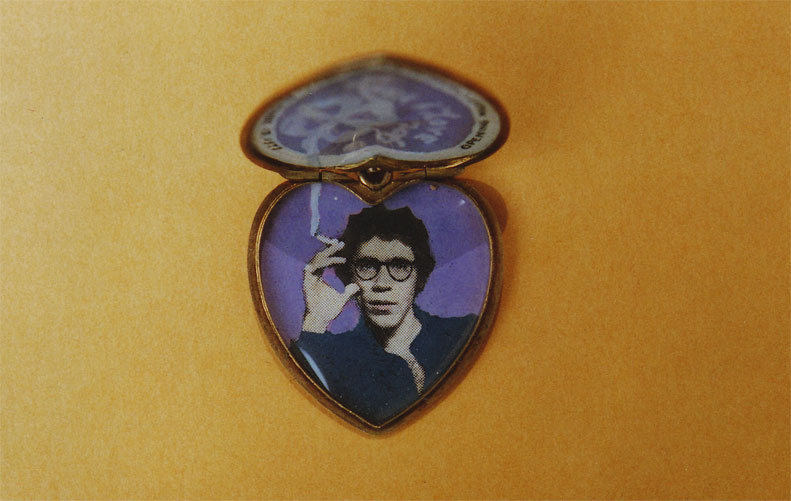
Dear Lester: When is Something Not for Me?
Dear Lester: The one year anniversary my sister’s death is coming up. She passed away on January 7. Her mind was not functioning correctly in her last few months of life, do you think she passed away knowing she was loved? Sincerely, Over thinking and doubting
Dear OT&D: In the documentary mentioned earlier, I Remember: A Film About Joe Brainard, Brainard’s lifelong friend Ron Padgett says: “When someone you love is dying, you can’t hang around them saying “I love you, I know you are dying.” It’s a big drag for them. You want them to enjoy their life, and not just think about the fact that it’s ending.
We mourn loved ones that pass for their individuality. We should also respect and cherish the individuality of the mourners. Some bawl at the casket, others look away. Neither should be judged. Just as we love the departed for their unique qualities, so should the mourners be loved. I’m sure your sister understood your unique expression of love.
*
Dear Lester: When should I know that photography is just something not for me? I like it, but I do not feel good with my work. I know, it’s for everybody blah blah blah, but is there a proper time, or place you just know if you are suitable? – Henryk from Poland
Dear Henryk: I’d again like to cite Ron Padgett speaking in I Remember: A Film About Joe Brainard :
He had this very high standard he set for himself. And he couldn’t reach it. And he found it very discouraging…So he decided, “you know, well, I’ve been defined as ‘the artist’ all my life and I have actually been hemming myself in.” … He walked out of art and into life. He decided to be the next version of himself. I think he was happier at that point being Joe.
Whatever you do Henryk, I wish you happiness in being Henryk.
Do you need advice?
Creative or otherwise.
Email Lester: DearLester@LittleBrownMushroom.com
Ex-Libris: Two zines by Hans Eijkelboom
As with my taste in comedy, I’m attracted to artists that try to balance their ambition with self-deprecation. One photographer that exemplifies this balance is Hans Eijkelboom. I’m particularly fond of the obsessive, diaristic zines which he describes this way:
On 8 November 1992 I began making a photographic diary and will continue doing so until 8 November 2007. For the diary I take between 1 and 80 photos a day, 6 days a week, 12 months per year. In the photos you can see fragments of those parts of the world with which my eye has made contact and, therefore, has a relationship with. The type and content of the relationship ranges from a brief eye contact to a life long intensive bond. They are images from my daily life, they make something of the source of my consciousness and world perception visable.
One of my favorite zines, Dagboek/Diary 5, was made on December 5, 1995. Eijkelboom writes:
Looking at people in the centre of Arnhem, I was struck by the large number of men wearing green coats and chose that as my main theme of the day. I duly photographed all the green-coated men I saw between 1:35 and 1:55pm.
Another favorite, 10-Euro Outfits, Eijkelboom introduces this way:
From August 2005 to June 2006 I bought 32 new outfits for myself, initially once a week, later once a fortnight. The only criterion for my choice was the price: it couldnt’ be higher than 10 Euros.
Recently Received: The American: Drawings of Robert Frank by Jason Polan
Robert Frank died on September 9th 2019. Two days later Jason Polan wrote this in his book’s introduction:
When I moved downtown in 2015 a walk by Mr. Frank’s became part of my routine, with grabbing a coffee and possible a pretzel (they really are the best) at Lafayette, a hello at Dashwood, maybe a new sketchpad at Dick Blick on Bond, and a hopeful run into a friend along the way. I would see him fairly regularly and would draw him each time…I stopped by and gave him a book if I had made a new one or say a quick hello on my way, but mostly didn’t say anything (bother him) as I walked by him on the street. Occasionally I would see him peeking out the second-floor window to things going on below. I would see people taking pictures on the beautiful Bleecker below and wonder if they knew the greatest living photographer was about thirty feet away from them. Mostly I was just excited to see him there and feel glad he was watching over things at his spot on Bleecker Street.
The Lunch Table
Ethan: During difficult weeks I like to watch mindless lighthearted things for a distraction. Recently I discovered Bon Appétit’s Gourmet Makes on YouTube where a chef reverse engineers popular snacks and candies. The peanut m&m episode had the right mix of humor and failure. 7/10
Molly: I saw Bong Joon Ho’s Mother (2009) on 35mm this week. It was a beautifully blue movie that started in the golden grassy fields of South Korea. 9/10
Peter: I recently watched an episode of the Netflix series Nailed It! in which amateur bakers are tasked with baking impossibly elaborate pastries for a panel of three judges. As someone who has never baked before, the experience of watching these novice bakers fail miserably was at once hilarious and excruciating. 4/10
Ky: Last week I saw Carla Rodriguez give a talk about her recent exhibition, Nothing is Permanent, Everything is Temporary, at CO Exhibitions is Northeast Minneapolis. Her use of wet plate photography, and tintypes pays tribute to photography techniques of the past, while incorporating modern day subjects. 9/10
Alec: I’ve mostly been thinking about Joe Brainard, Ron Padgett, and Jason Polan lately. So I was thrilled to find this drawing of Padgett by Jason in his book, Every Person in New York. 10/10.

